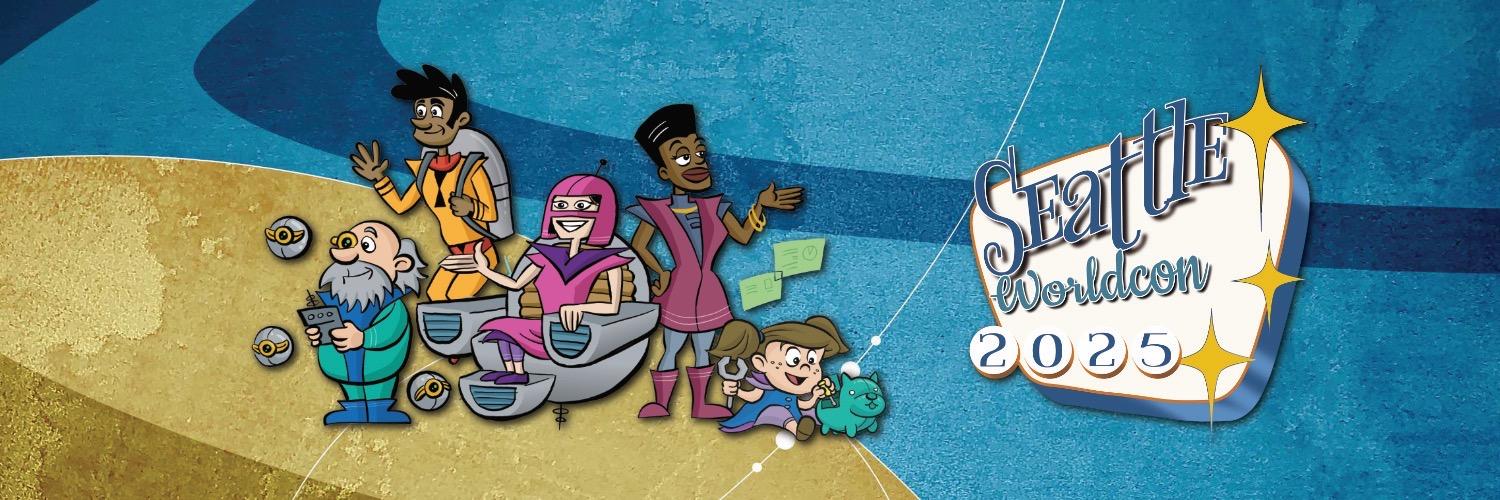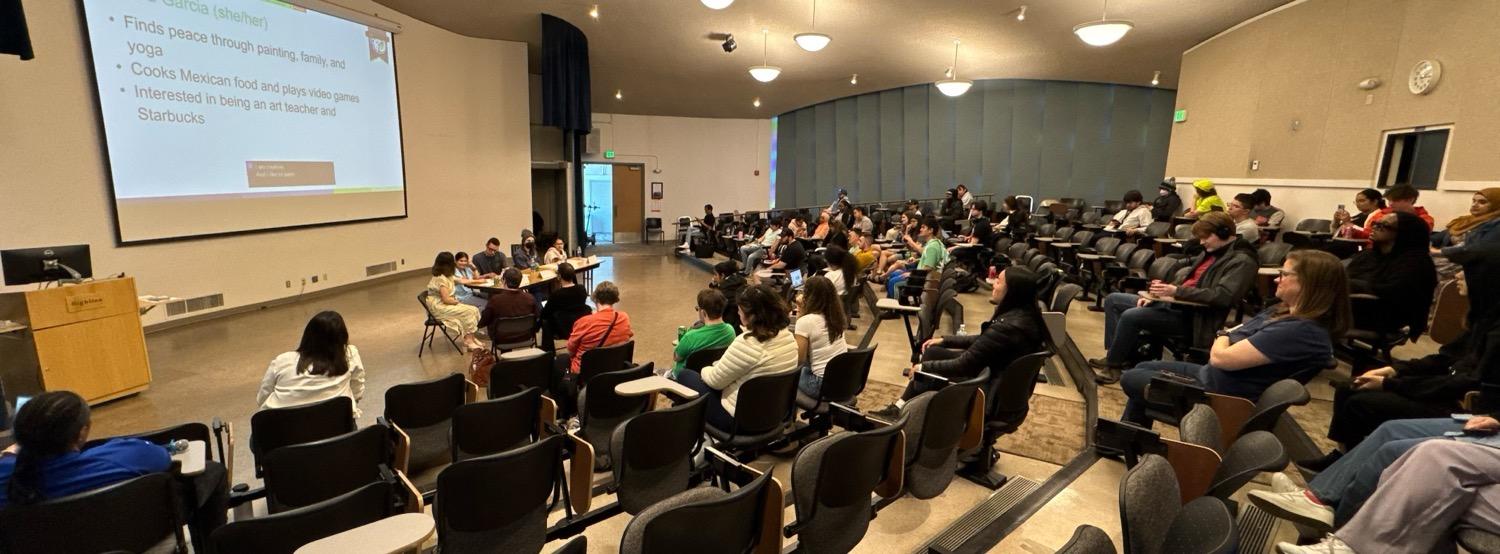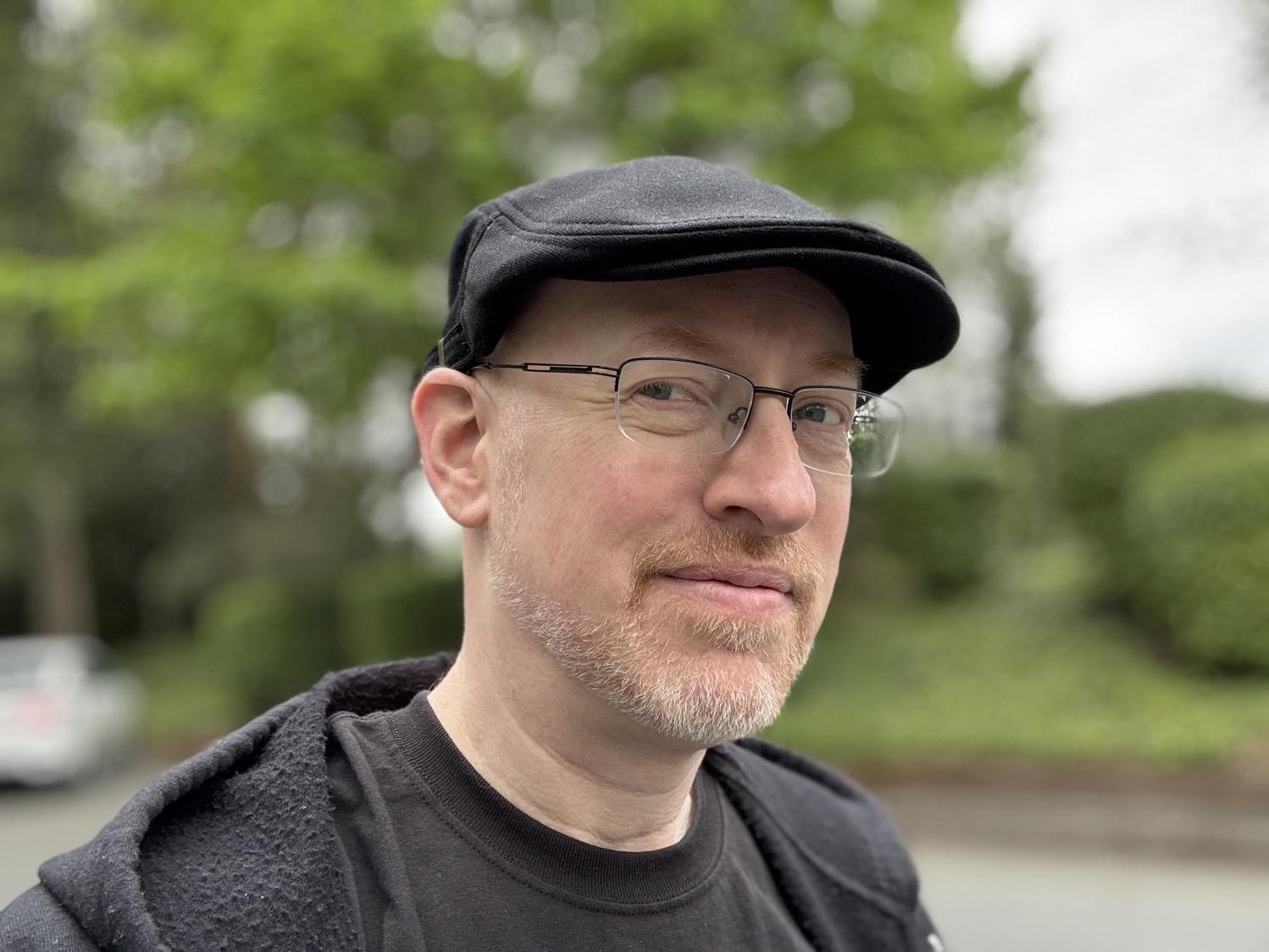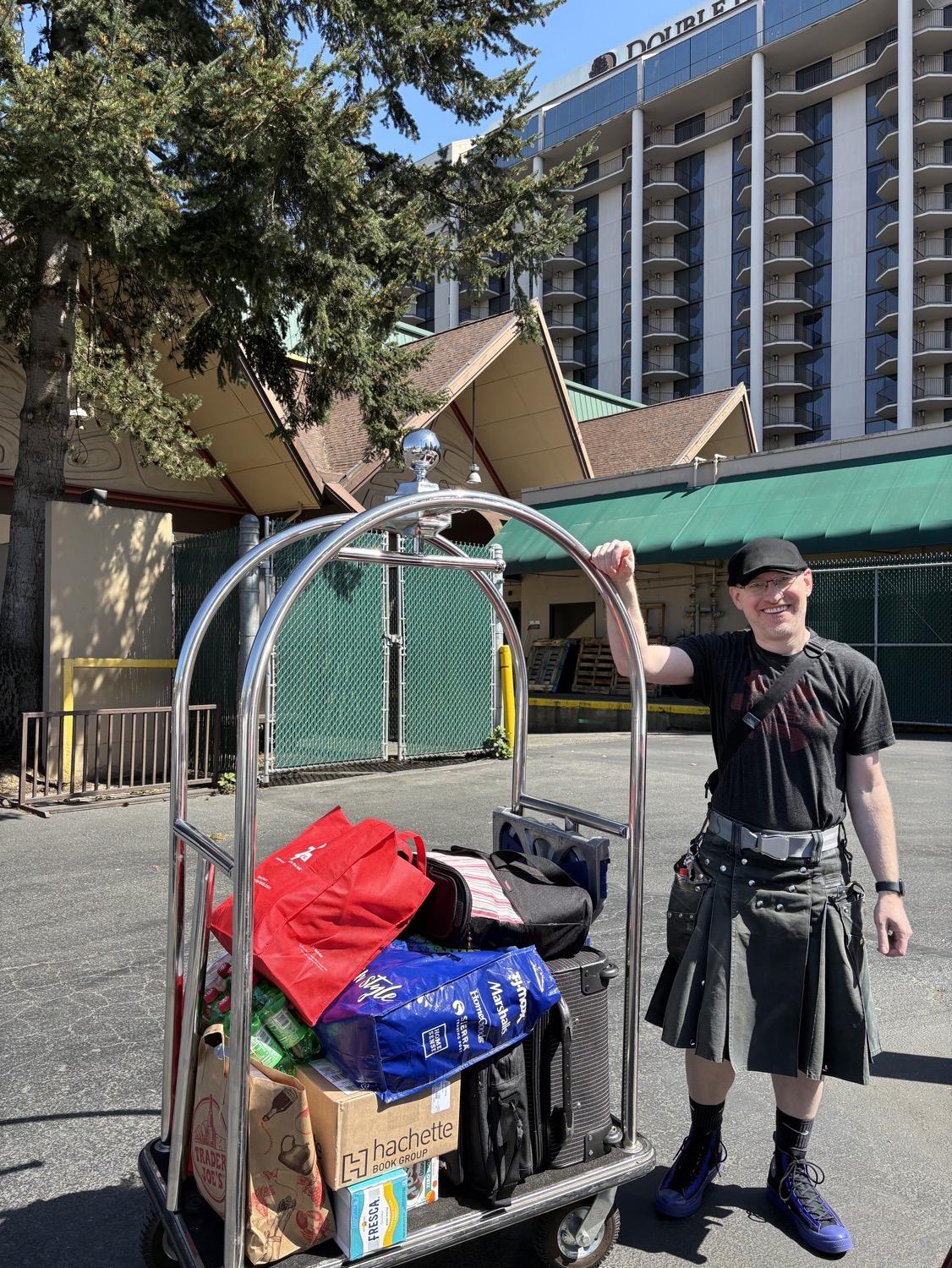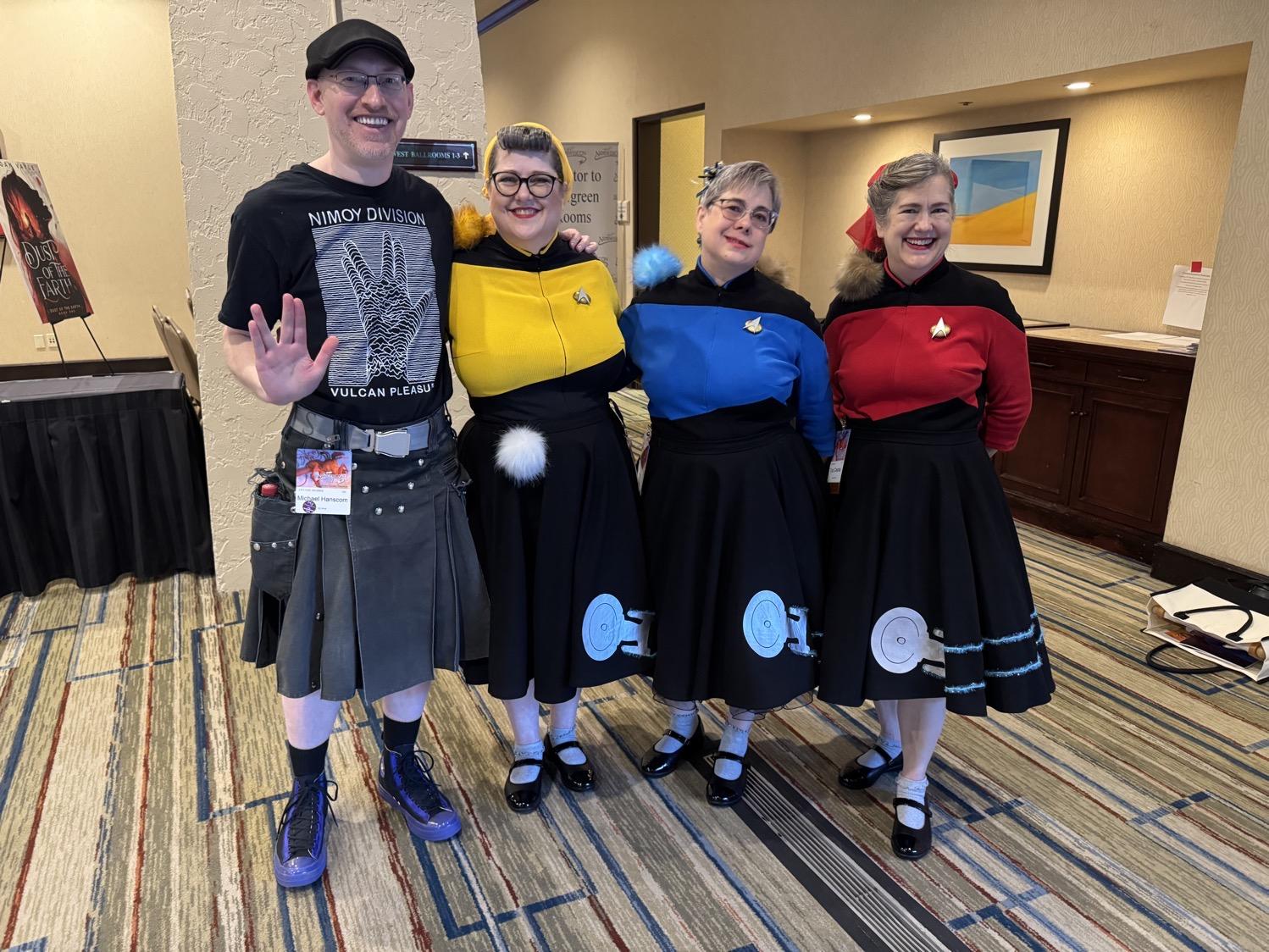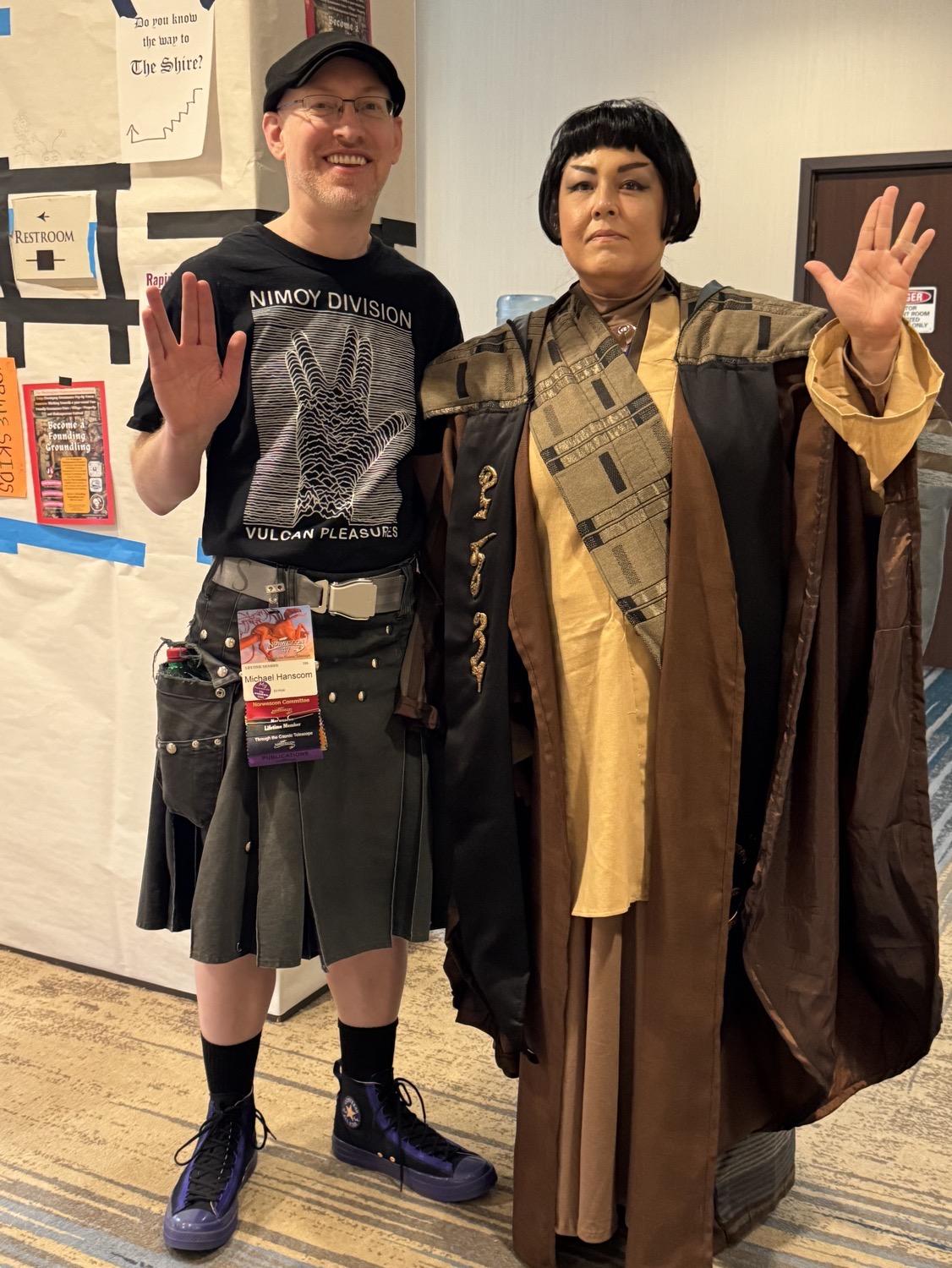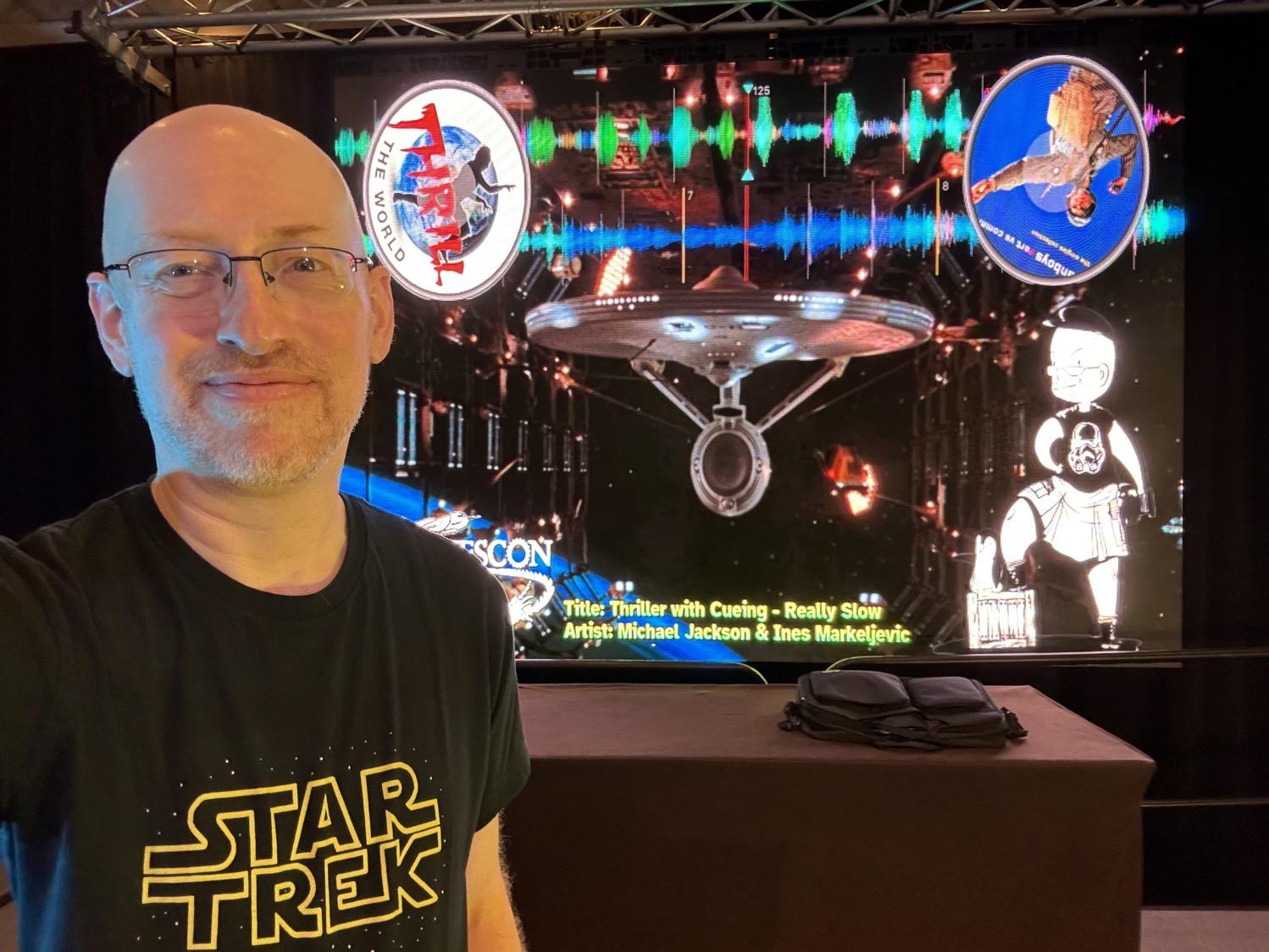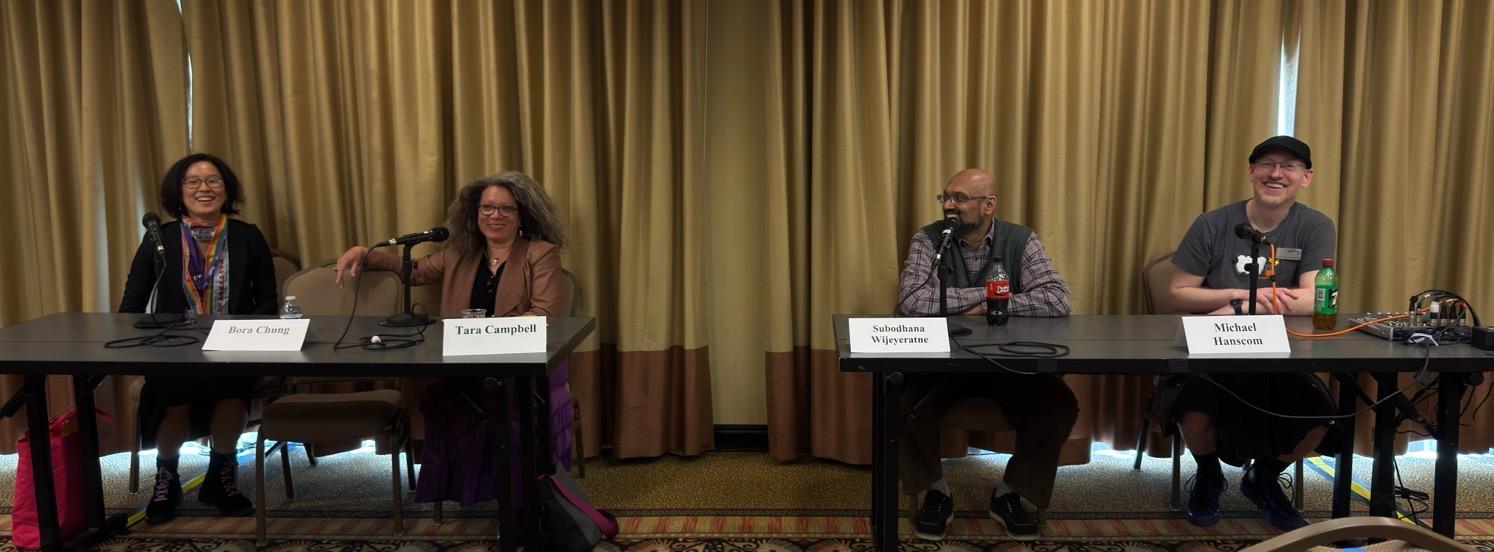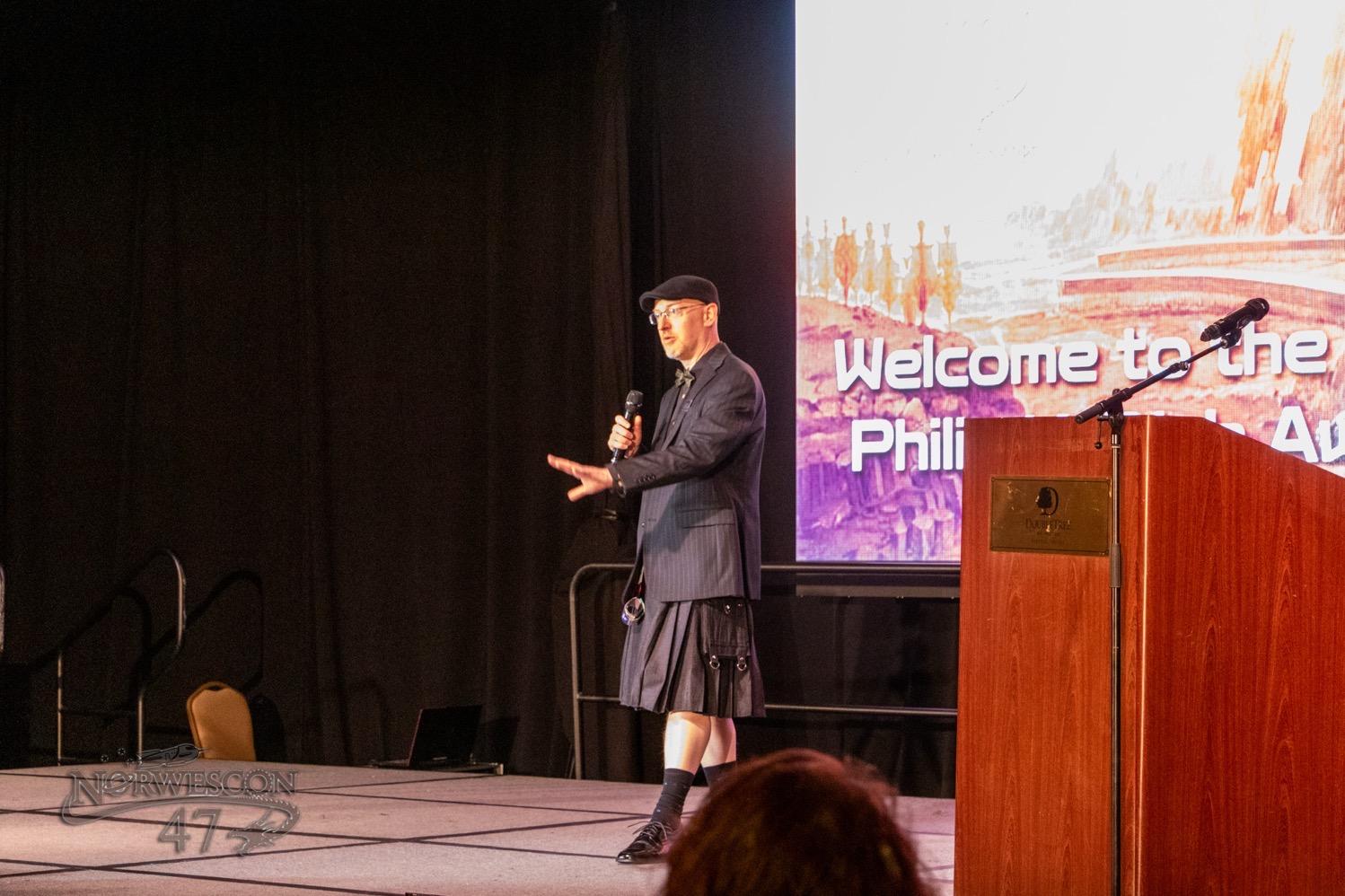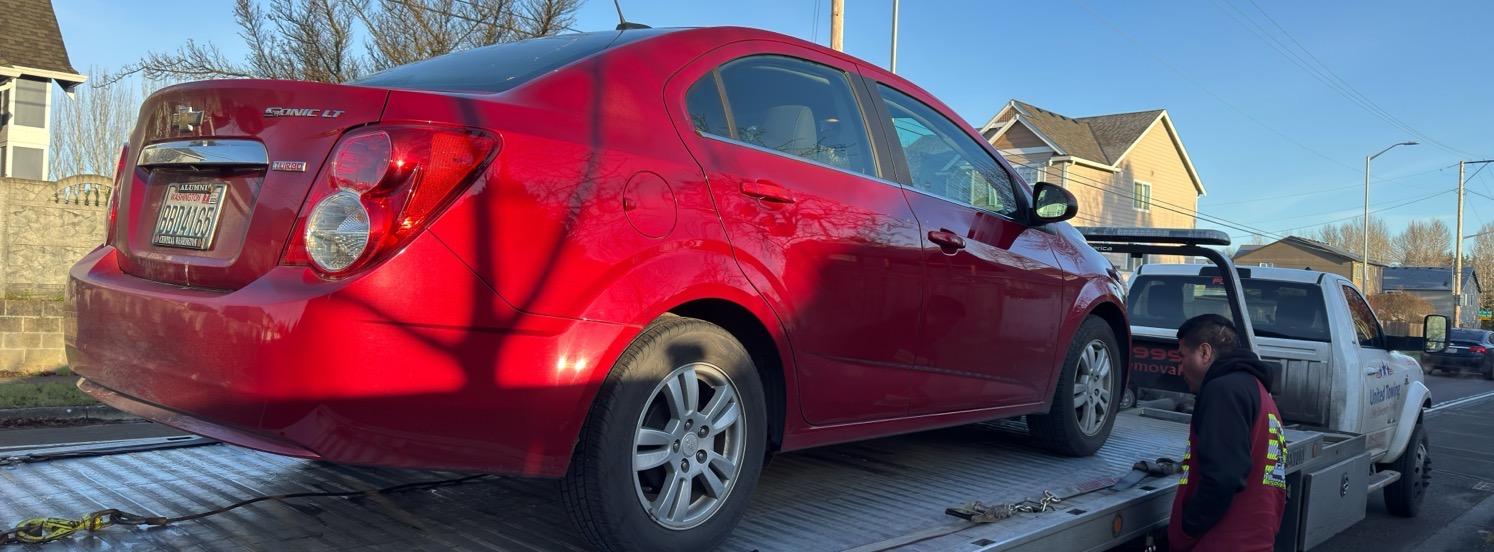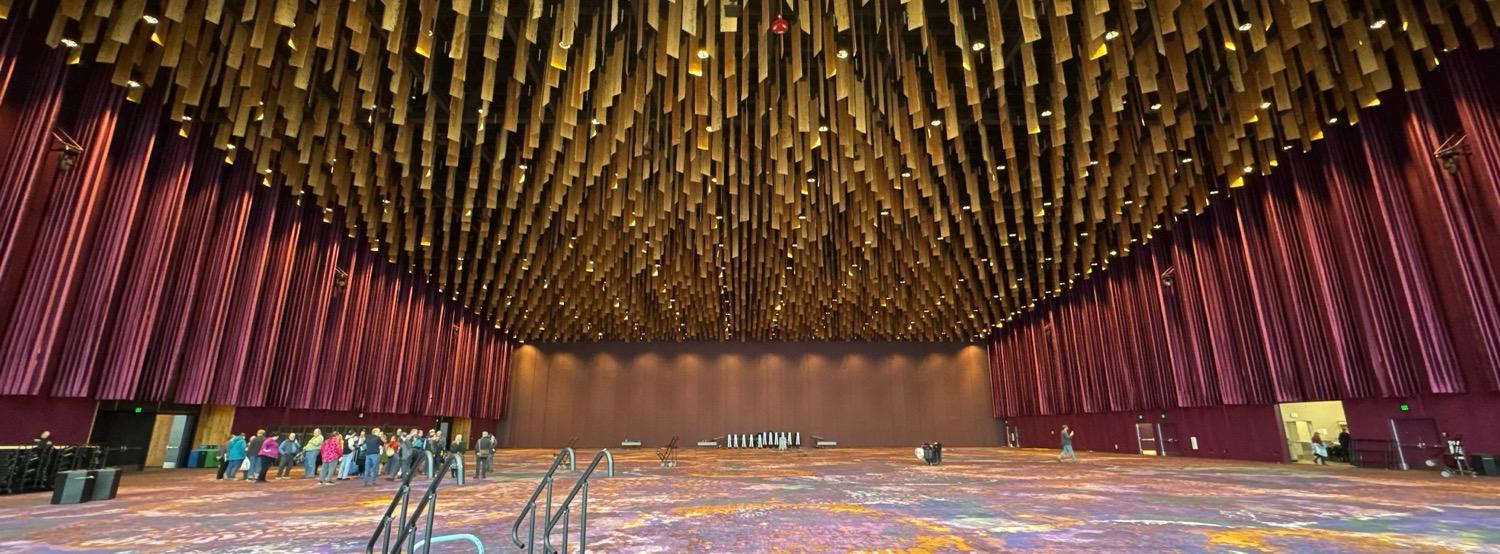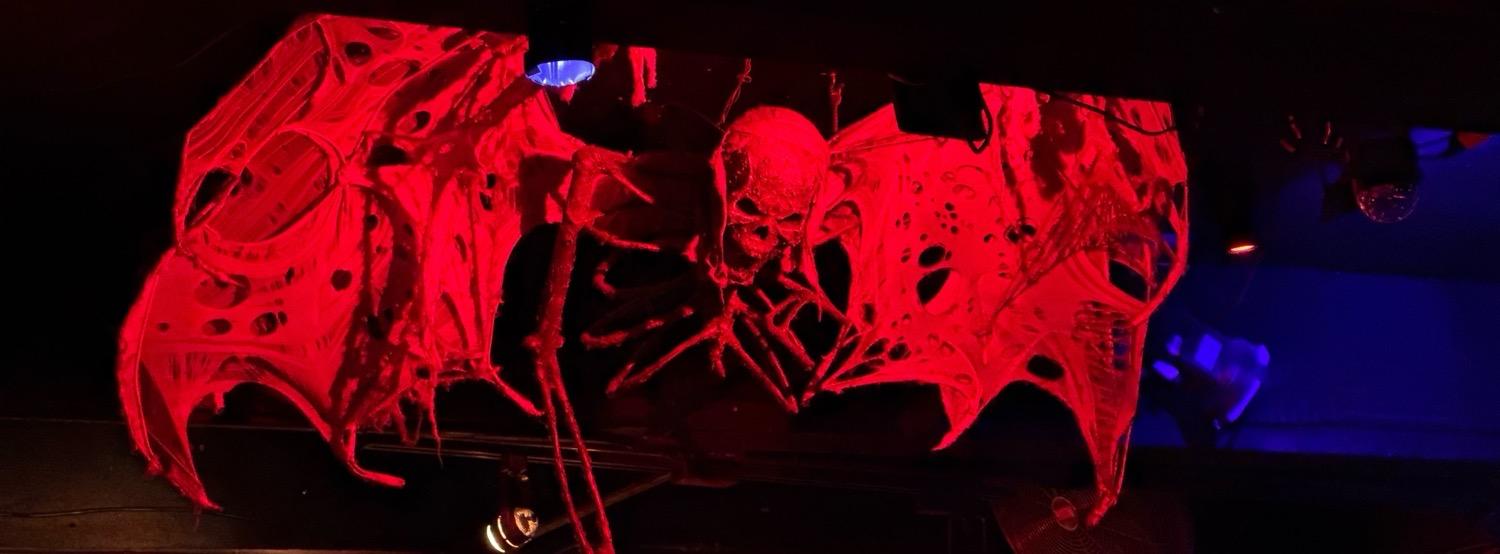Deviating from the format this time, because this was Worldcon week! Which means this post will actually cover a bit over a week, and that it makes more sense to go day-by-day than the usually subject summary blocks. So! What did I do this past week?
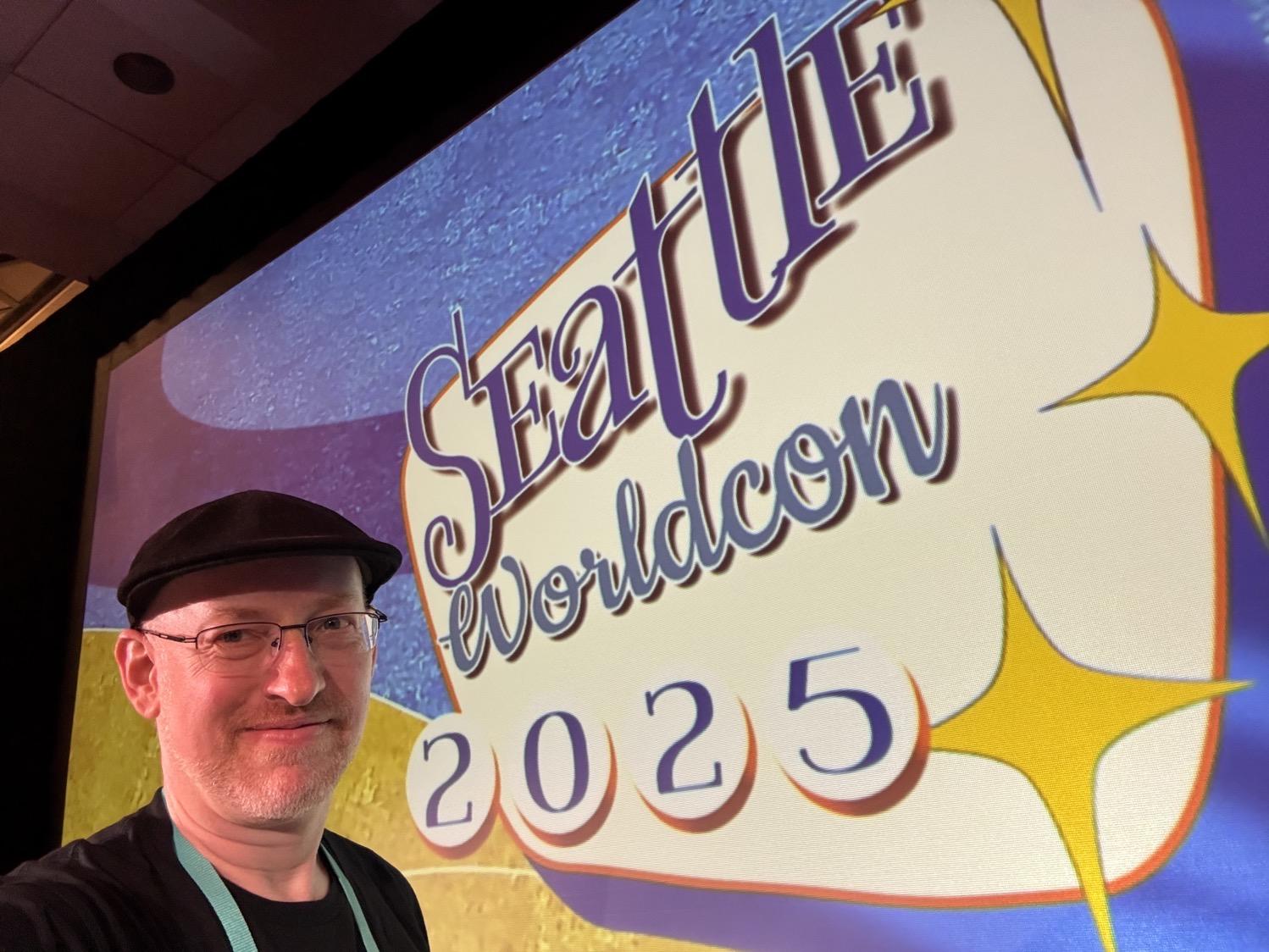
So, so much….
(This one is going to be long and photo-heavy.)
Monday was packing and putting the final touches on prepping to be away for a week, making sure the house was clean and ready for our eventual return. Necessary, but not the most exciting part.
Time to go! Normally we’d light rail our way to downtown Seattle, but this time we had enough luggage that we decided to use Lyft instead.
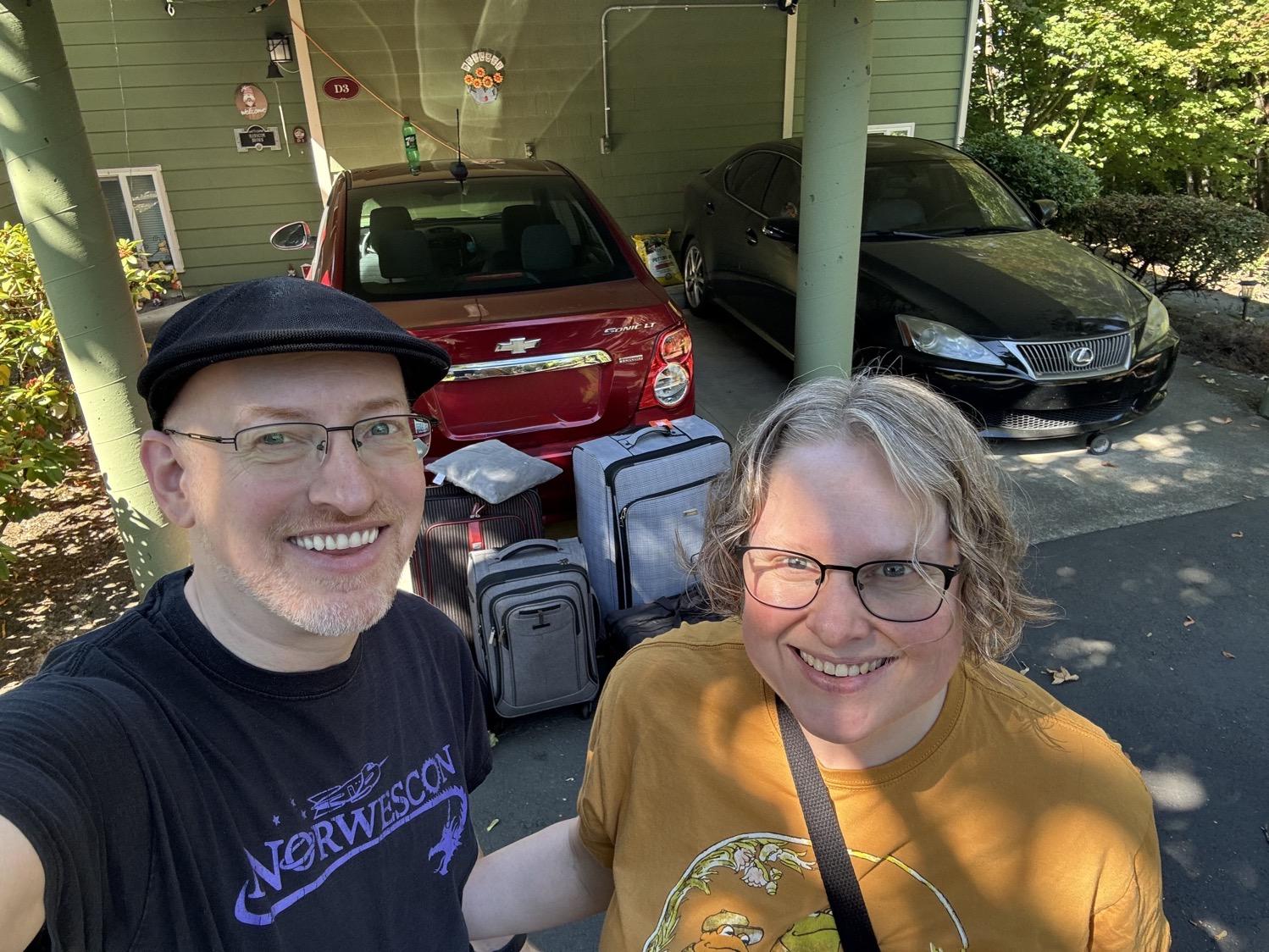
We got to the hotel about noon, expecting to have to drop our luggage off until check-in time at 4 p.m., but they were able to check us in right away, which was great! We ended up on the 11th floor, with a nice view of downtown Seattle (though on the wrong side of the building to see the convention center).
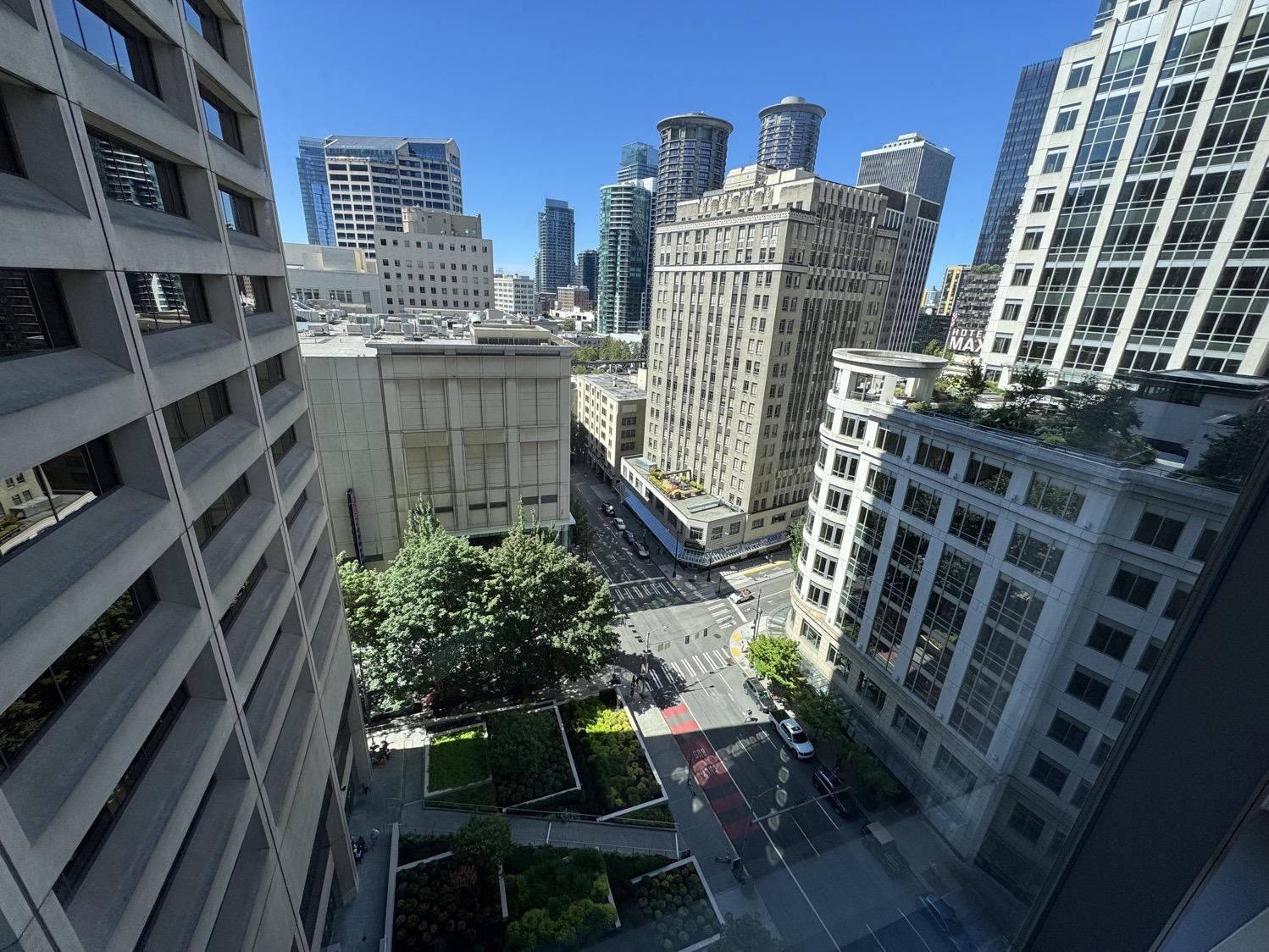
We started with some food shopping at Whole Foods to make sure we had some reasonably healthy options in our hotel room, then headed over to the convention center to get our badges. Once we had those, it was up to the exhibit hall, so I could set up the display I was responsible for (about the Philip K. Dick award ceremony held at Norwescon each year) and drop off some material for another display that I have been assisting with (about the 1961 Seacon, the last Worldcon held in Seattle).
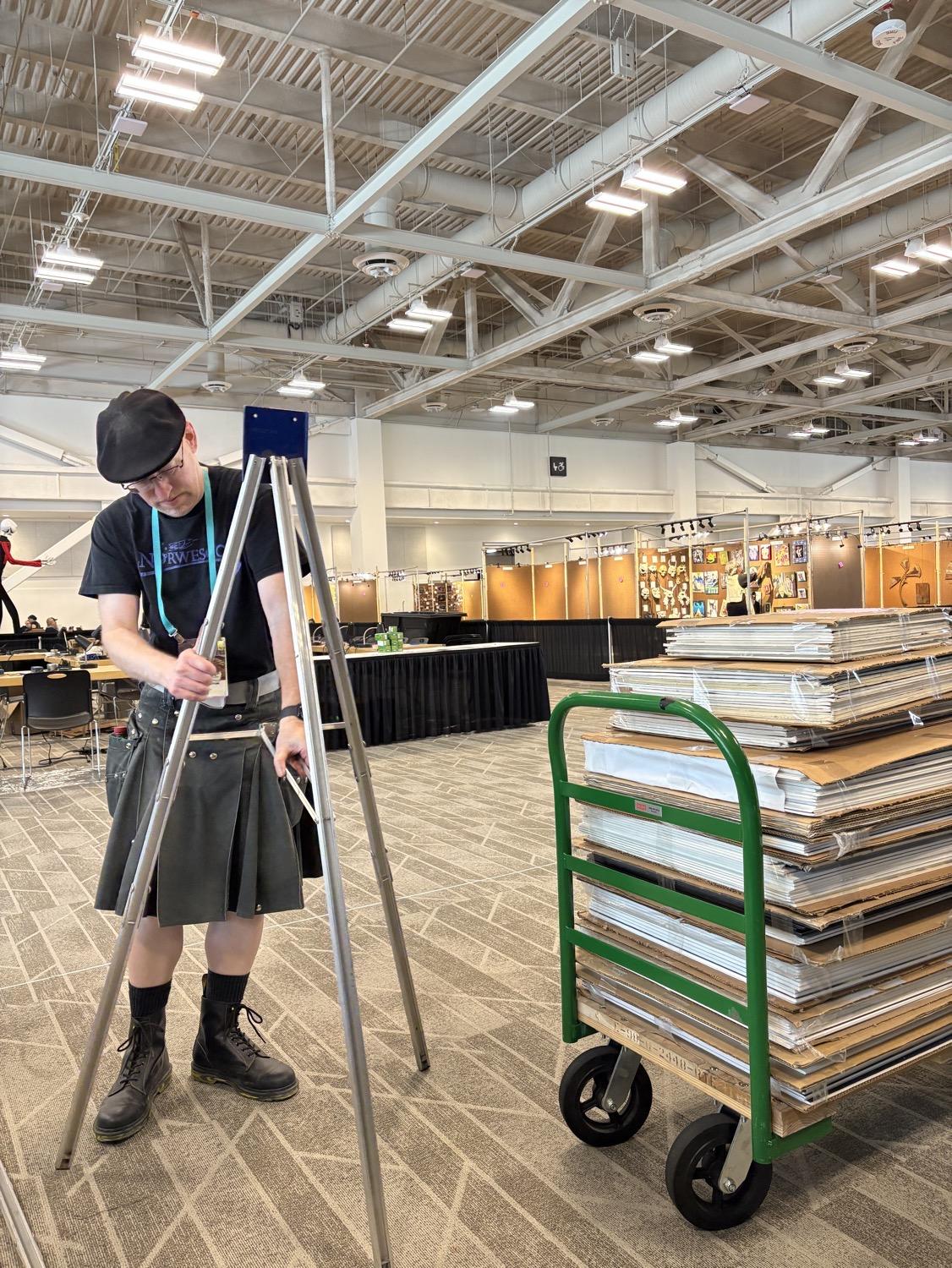
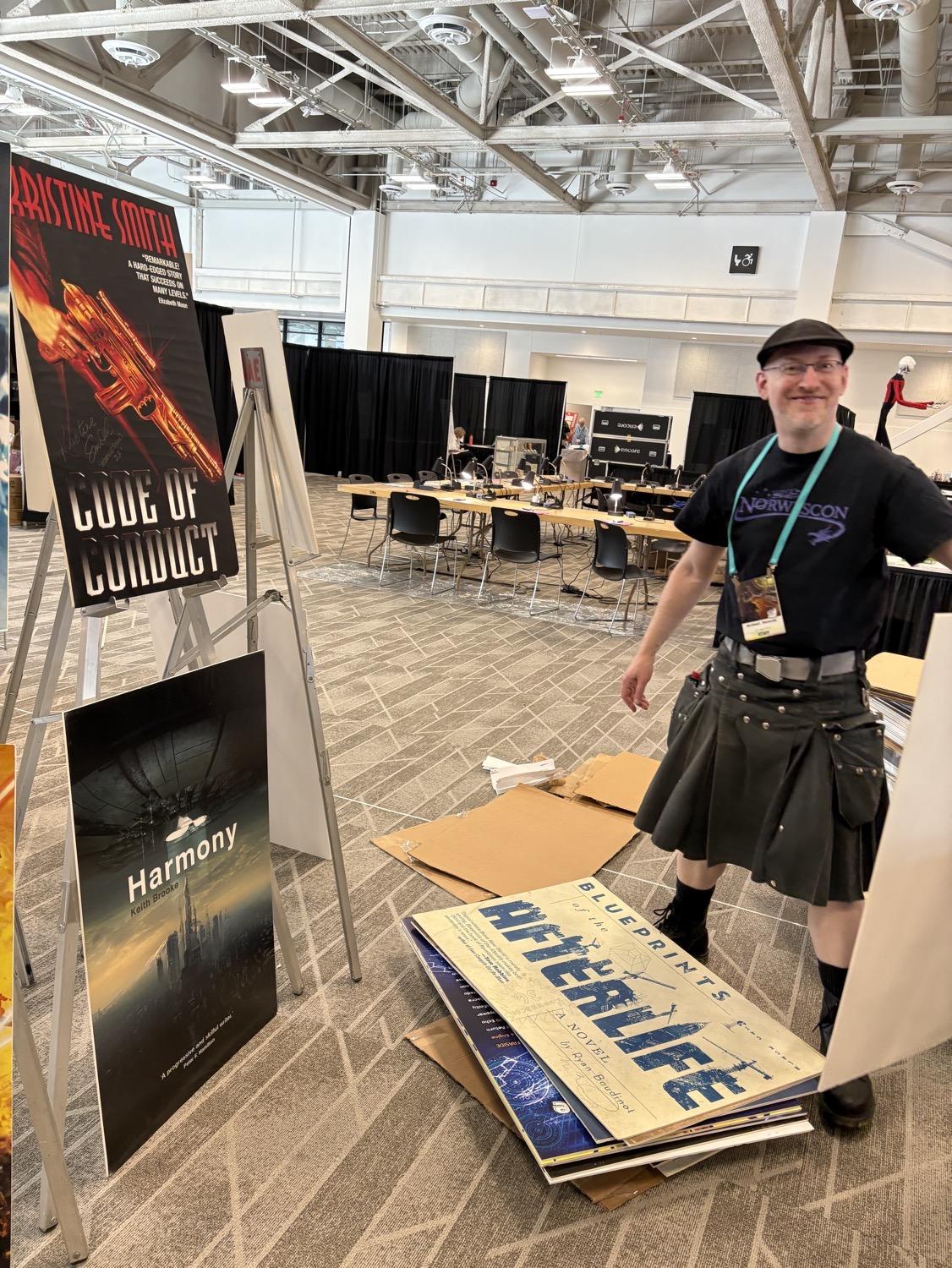
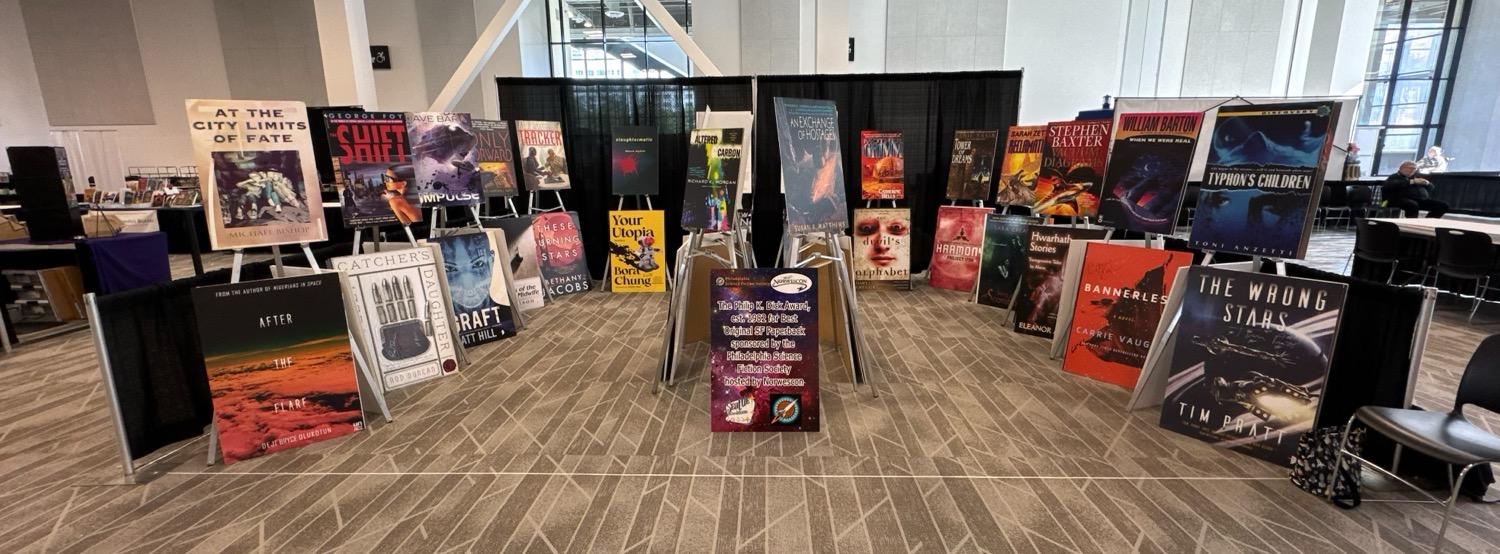
Once my setup was done, it was back to the hotel with us. We had some dinner from the food we’d picked up earlier, and then my wife settled in for an evening on her own, and I walked from our hotel down to the Seattle Center’s Climate Pledge Arena to meet up with some friends and see Nine Inch Nails.
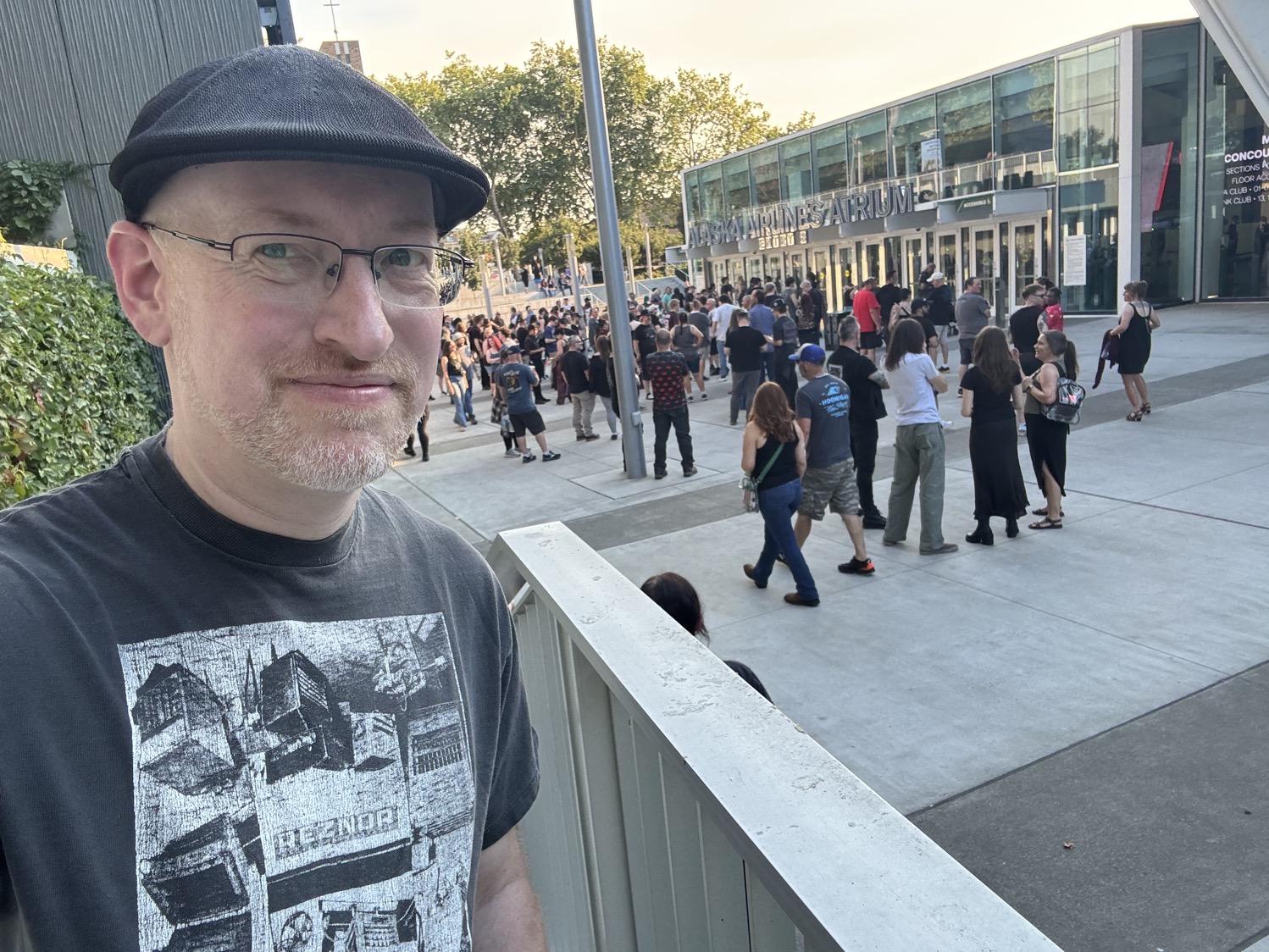
Now, friends and long-time readers may know that I’ve been a nin fan since shortly after pretty hate machine came out. However, this was the first chance I’d had to see them…and it was absolutely worth the thirty-something (oof) year wait.
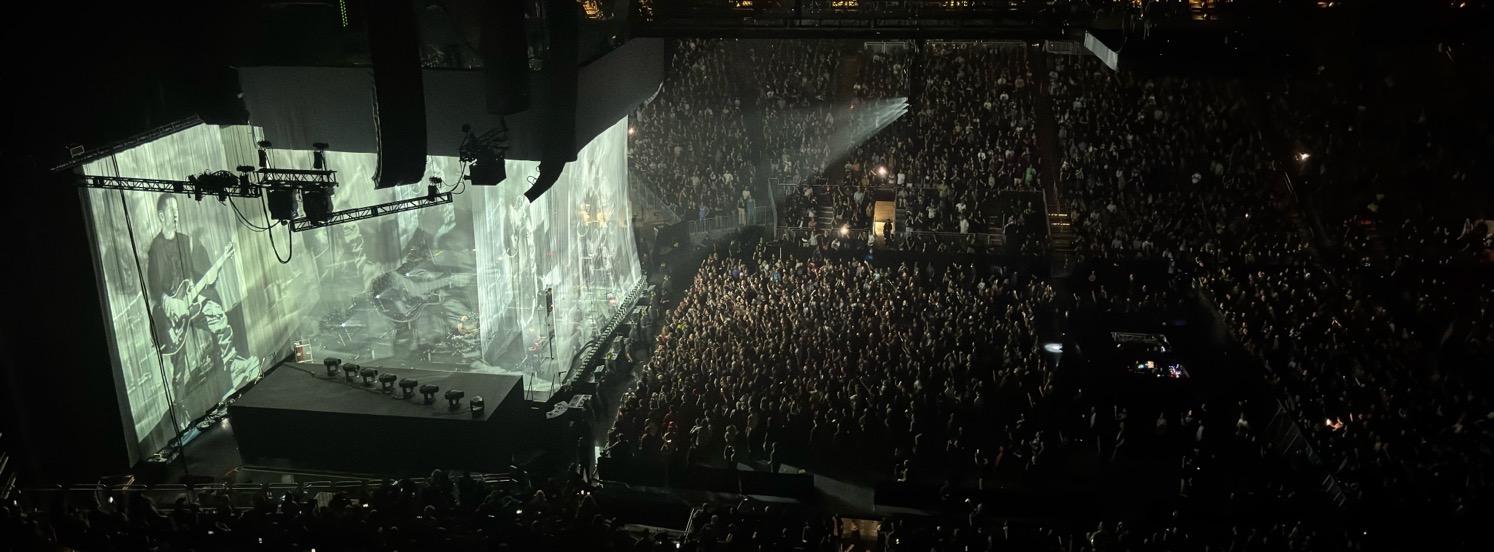
I’m not quite the rabid fan I used to be, having drifted away a bit over the years, and the set list was great for my tastes — lighter on more recent stuff (The Fragile and on), and heavy on the Broken/The Downward Spiral era, while still including really recent stuff like “As Alive As You Need Me To Be” from the upcoming TRON sequel, and of course, pretty hate machine classics.
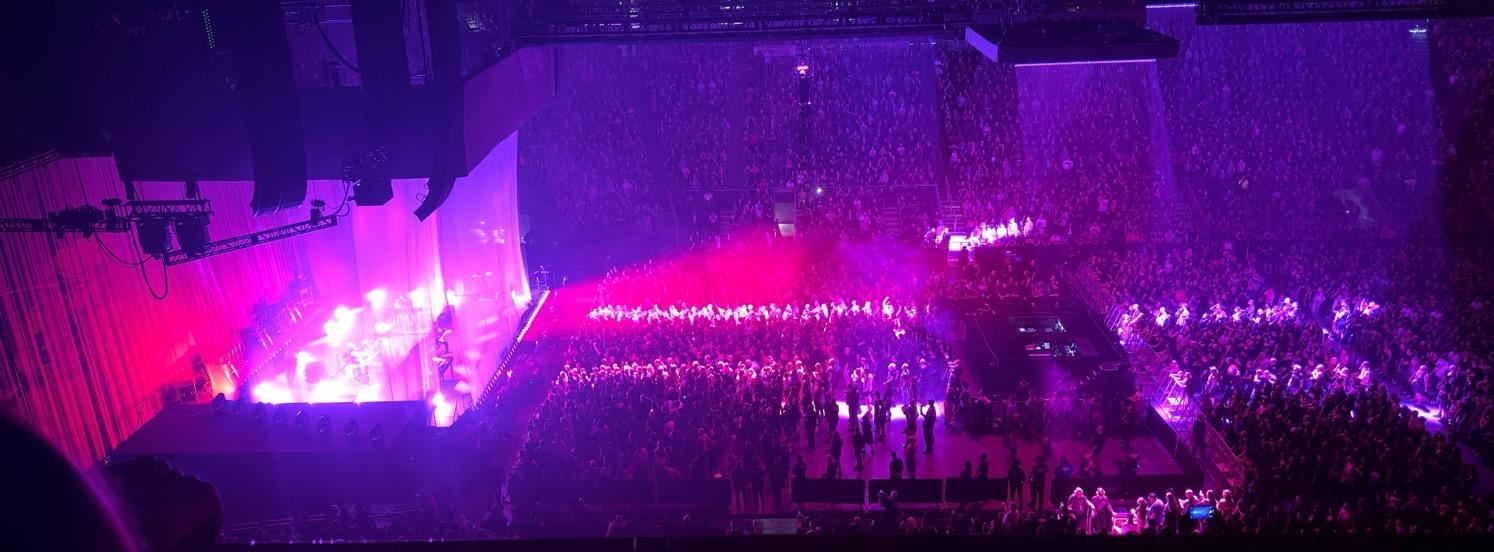
I’m really hoping that there’s an official recording of the show released at some point, or that one of the many audience-shot recordings showing up on YouTube have good audio. While the whole show was good, they did a heavily reworked and modernized version of “Sin” that was incredible and that I’d love to add to my collection.
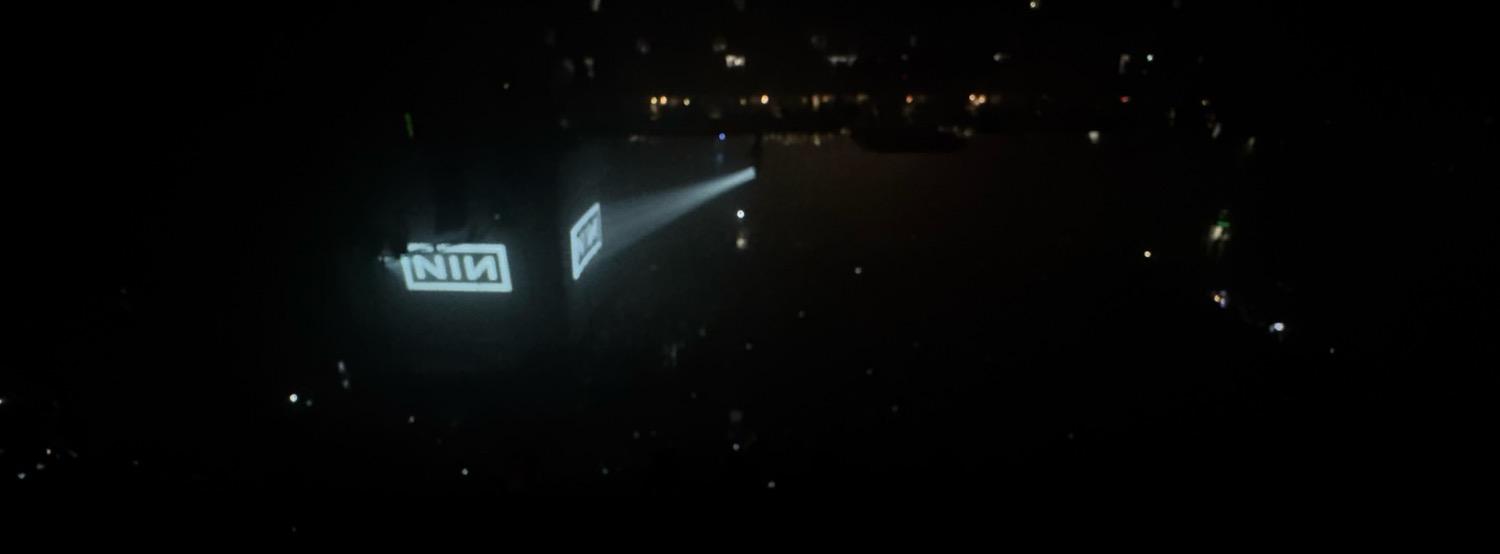
The show ended, I walked my friends to their car, and then walked back up the hill to our hotel, had some late night cake with my wife, and it was time for bed. (Did I mention that this was on one of Seattle’s occasional 90º+ days? Well, I know I hadn’t mentioned that, but now I have. Oof!)
Wednesday was day one of Worldcon, and it set the trend for the rest of the con, where I spent the morning tucked away in the Publications office making sure that the website schedule was up to date with the latest changes and that the daily ‘zine was uploaded. Once that was done…well, it was time for lunch, so back to the hotel we went for food and an afternoon nap.
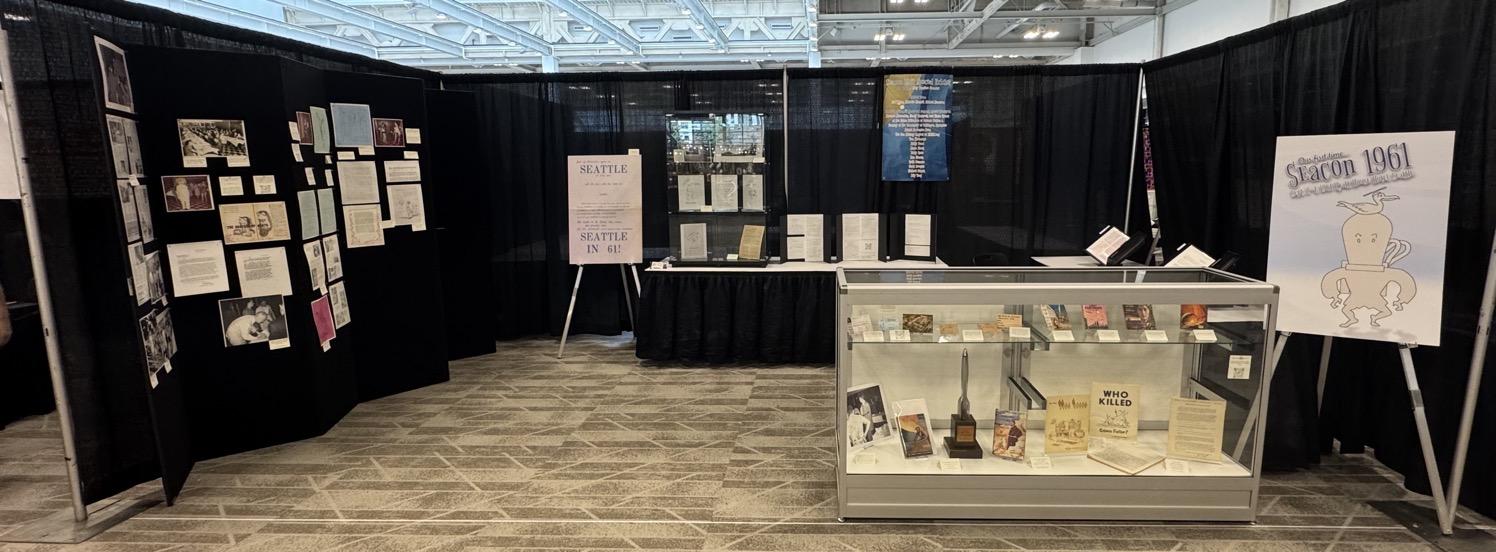
After the nap, we went back to the convention center for a bit, and I found time to stop by the Seacon 1961 exhibit. This was a lot of fun to see completely put together. The whole thing started after I was asked to write a short article about the 1961 Seacon for our program book. After I turned in my copy along with a list of sources that I’d used, one of our editors realized that we were already in contact with Dr. Mary Cummins, who works at U. C. Riverside, home of the Eaton Collection of Science Fiction and Fantasy. We reached out to her, and she spent much of the next few weeks curating an incredible collection of Seacon memorabilia for this display. From reproductions of attendee badges from F.M. and Elinor Busby, the Seacon program book, recollections of the convention, and much more, to original items like a surviving copy of Hugo award-winning fanzine Who Killed Science Fiction, an Analog magazine with the Poul Anderson’s Hugo-winning short story “The Longest Voyage”, and even Anderson’s Hugo award for that story (his first Hugo) loaned to us by his daughter, Astrid Anderson Bear, Mary did an incredible job finding all of this and curating the exhibit. Many thanks to Mary and Seattle Worldcon editor Ella Kliger for their work on this and allowing me to help inspire and participate!

Soon it was time for dinner, and then we headed over to the Sheraton Grand, home of Worldcon’s After Dark evening and nighttime programming, so I could set up for the opening night dance. I’ve been doing Norwescon’s Thursday night dances for a few years, so it seemed pretty natural for me to do Worldcon’s Wednesday night dance — I get another chance to relive my DJing days, I have the rest of my evenings free to attend other things, and my ego is fine with taking on one of the less attended dances. Setup was smooth (props to the team from Encore that handled our staging, lights, and event A/V needs), and about ten minutes after walking in, I was ready to go, with speakers making the right thumpy noises and the video screen behind me showing my graphic setup. I may not have the busiest dances, but I do have fun doing what I can to make sure I’ve got a good looking custom setup!
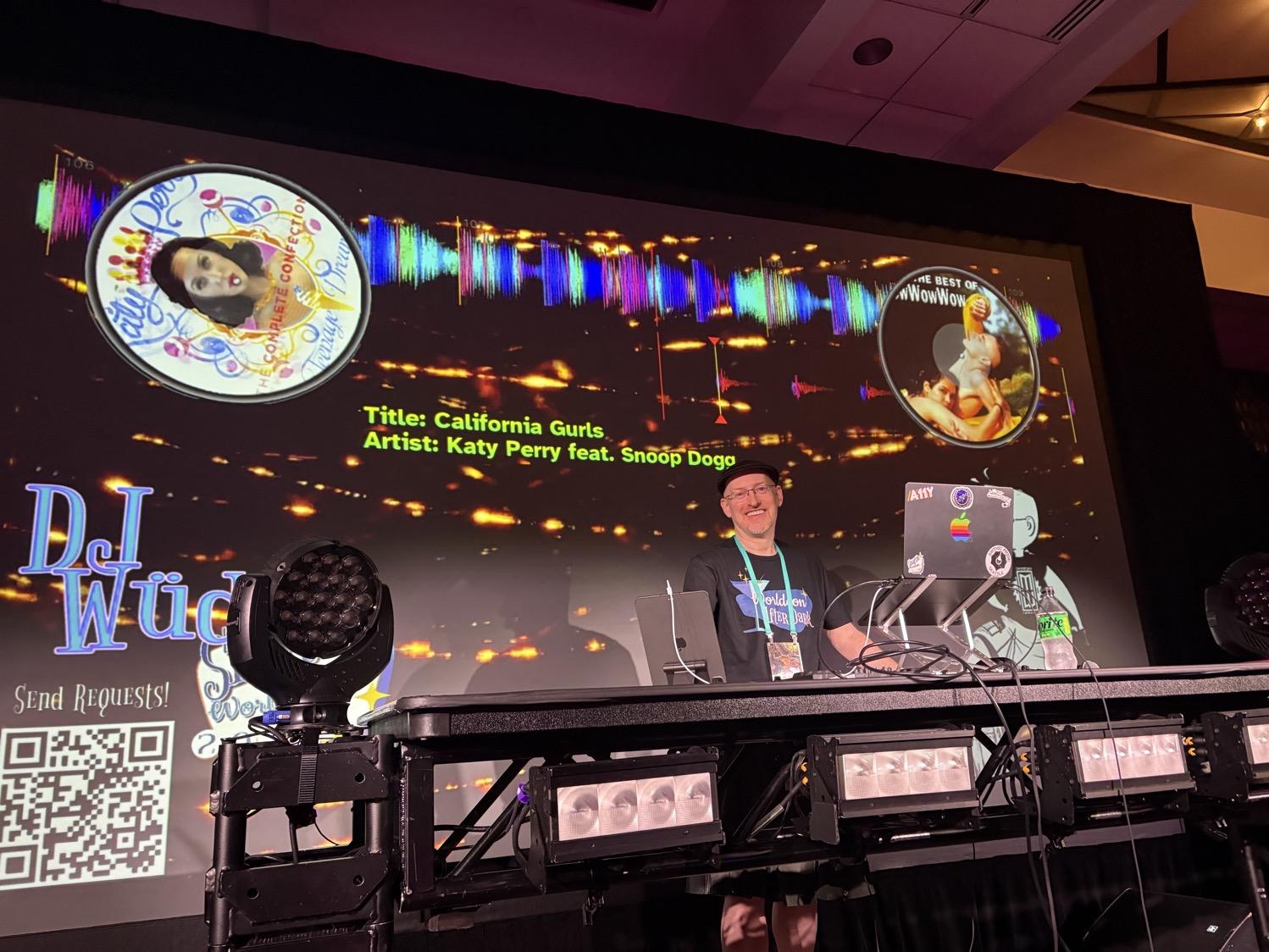
People showed up right when the music started (sure, it was three to start with, but you’ve gotta start somewhere, and they went right to the dance floor), and I was able to keep a reasonably decent night going until just after midnight, when I decided I was tired enough to make my apologies to the five people left and call things done for the night. I had fun, and I got a number of nice comments that night and then off and on through the rest of the weekend from others, so I’d certainly call it a successful night.
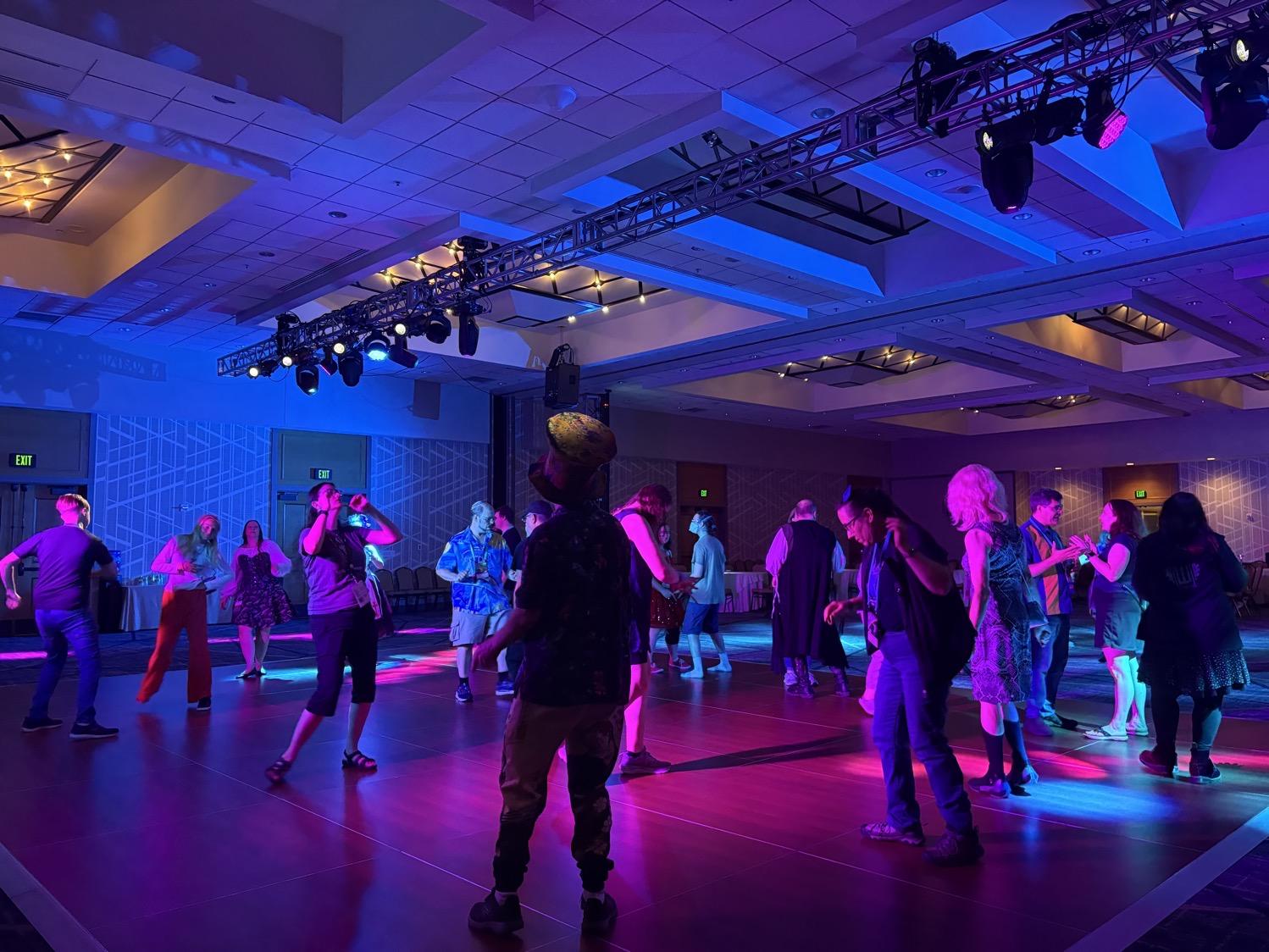
I did make some changes to my setup for this dance, and after reviewing how things went, have some ideas to adjust them for next year’s Norwescon (assuming I get asked back to DJ again, of course). I’m in the habit of creating some way of letting people send in requests before the dance, so I can be sure to have the right music on hand for the night. For this dance, I used the Lime DJ service, which on the whole, worked great — it’s entirely web-based, allowed people to send in all sorts of requests beforehand, and then on the night I locked it down so people could only request songs that I had with me, which they could do from a QR code I had printed on flyers scattered around the room. However, I found that I ended up with a 250+ song, 14-hour list of requests for a scheduled six-hour dance that only ended up going for four hours, and I had no real way of knowing if any of the people that sent requests in beforehand were actually there. It also made it difficult to see when new requests were added in the moment, since the list was so long. Next time, I’ll split the event into two forms: one for before the dance to collect “I’d like to be able to request this” suggestions, and one for at the dance, so I can more easily keep track of what’s actually being requested in the moment.
Additionally, Lime DJ allows people to vote up or down on other people’s requests. Up I’m fine with (“more people want to hear this, I should play it soon”); but voting someone else’s request down just seems like a dick move. I’m going to send in a feature request asking that it be possible to allow up-voting but disallow down-voting.
As always, I recorded my set so you can listen to all four hours of it if you’d like! It’s not perfect (they never are), it’s a bit poppier and less EMB/goth/angst-y than many of the sets I record for myself, and hopefully people enjoy popping it on in the background from time to time.
The first part of Thursday was much the same as the first part of Wednesday: Most of my time was spent in the publications office, making sure the schedule was up to date and getting the daily ‘zine remediated and uploaded, with breaks for food and afternoon nap time.
The evening presented two things that we were interested in seeing: The Head!!! That Wouldn’t DIE! and the masquerade ball and late-night dance.

The Head!!! That Wouldn’t DIE! was a lot of very silly fun. It’s a musical send-up of the early ’60s sci-fi/horror B-movie The Brain (or Head) That Wouldn’t Die, and was a blast. A minimal stage enhanced by a video screen to provide virtual sets and a hilariously effective car crash scene, and lots of clever lines and laughs throughout. I don’t know if it will be playing anywhere locally or otherwise anytime soon, but if you happen to get a chance to see it, go forth and enjoy!

The one minor downside was that the play ran longer than we expected, so by the time we got over to the Sheraton ballroom, the masquerade ball had wrapped up. But it was only a few minutes of changeover before DJ #CSharp got the late-night dance going, and we stuck around there until a bit after midnight. Besides, we were all dressed up for the evening’s festivities, so we had to spend some time out and socializing before going to bed!
The first part of Friday was much the same as the first part of Wednesday and Thursday: Most of my time was spent in the publications office, making sure the schedule was up to date and getting the daily ‘zine remediated and uploaded, with breaks for food and afternoon nap time.
Best part of Friday morning: Taking a moment to sit out on the main staircase by the windows, when I heard, “…Woody?!?” Months ago my old friend Cyan had mentioned that they’d be at Worldcon, but in all the run-up, I’d totally forgotten, so this was an incredibly fun reunion moment. We’ve known each other for 30-some years, since we were both running around in the ’90s alternative scene up in Anchorage, and it had been probably at least 15 years since we’d crossed paths in the real world. We each had Things What Needed To Get Done, so it was a brief hello, but we figured we’d have more chances to catch up later on in the convention.
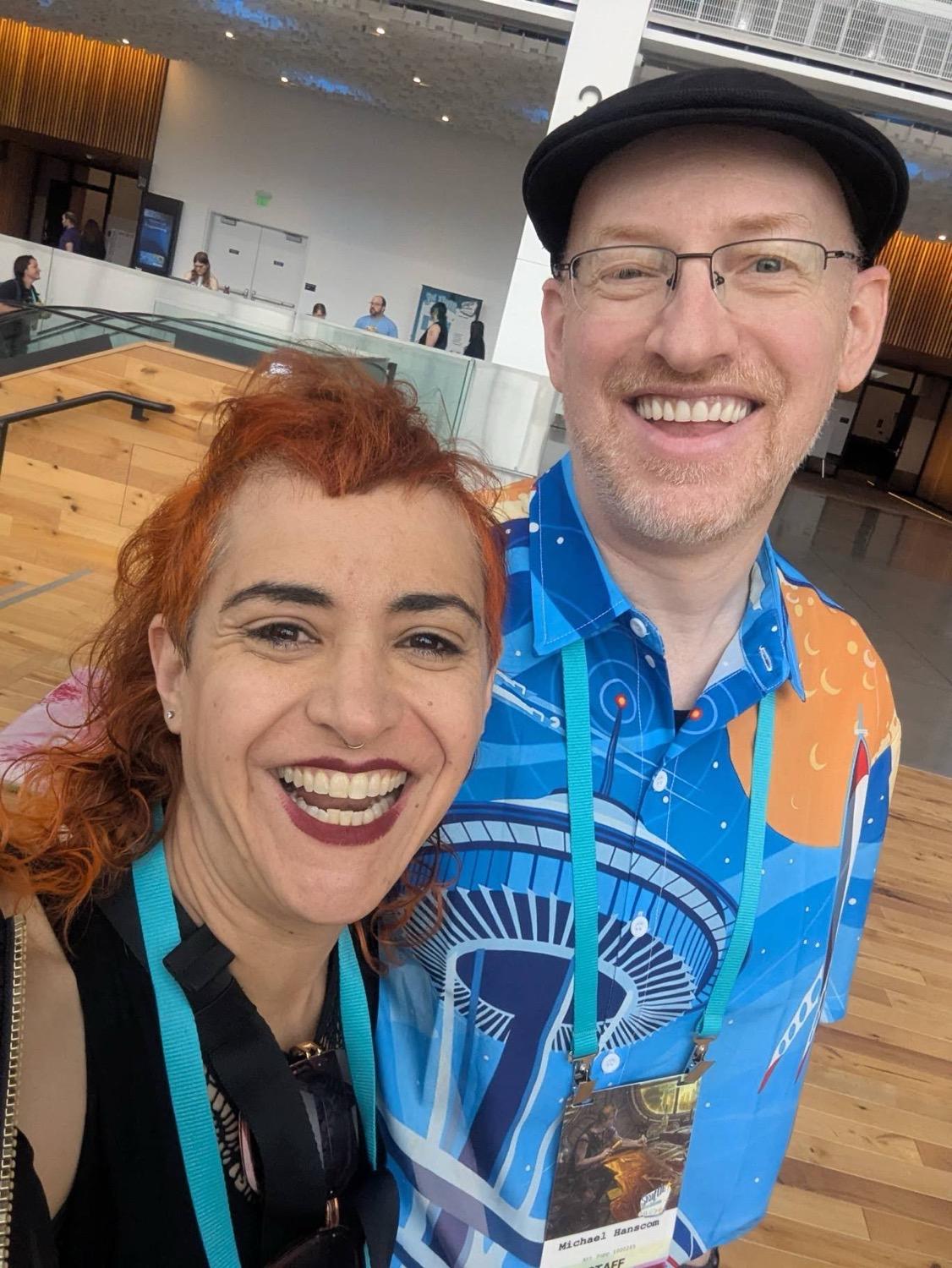
Friday night was the Masqeurade and John Scalzi’s dance. Though we’d originally planned to go to both, my wife had hit a bit of convention overload (lots of people, and we’re normally in bed at 8 p.m. and asleep by 9, so pushing past midnight for several nights in a row was taking its toll), so she took an evening enjoying a quiet hotel room on her own and I went off to the Sheraton on my own. I spent about an hour up at one of the room parties for the release of a ‘zine (Billions vs. Billionaires) and anthology (120 Murders: Dark Fiction Inspired by the Alternative Era) that Cyan had pieces in, and got to spend about an hour chatting and catching up with them more thoroughly than our earlier drive-by encounters had allowed, which was wonderful. Hopefully it won’t be another 15 years before we get to do that again! Eventually, I wandered down to Scalzi’s dance, found some friends, hung out, danced, and then made it back to my hotel to fall asleep just a bit before midnight.
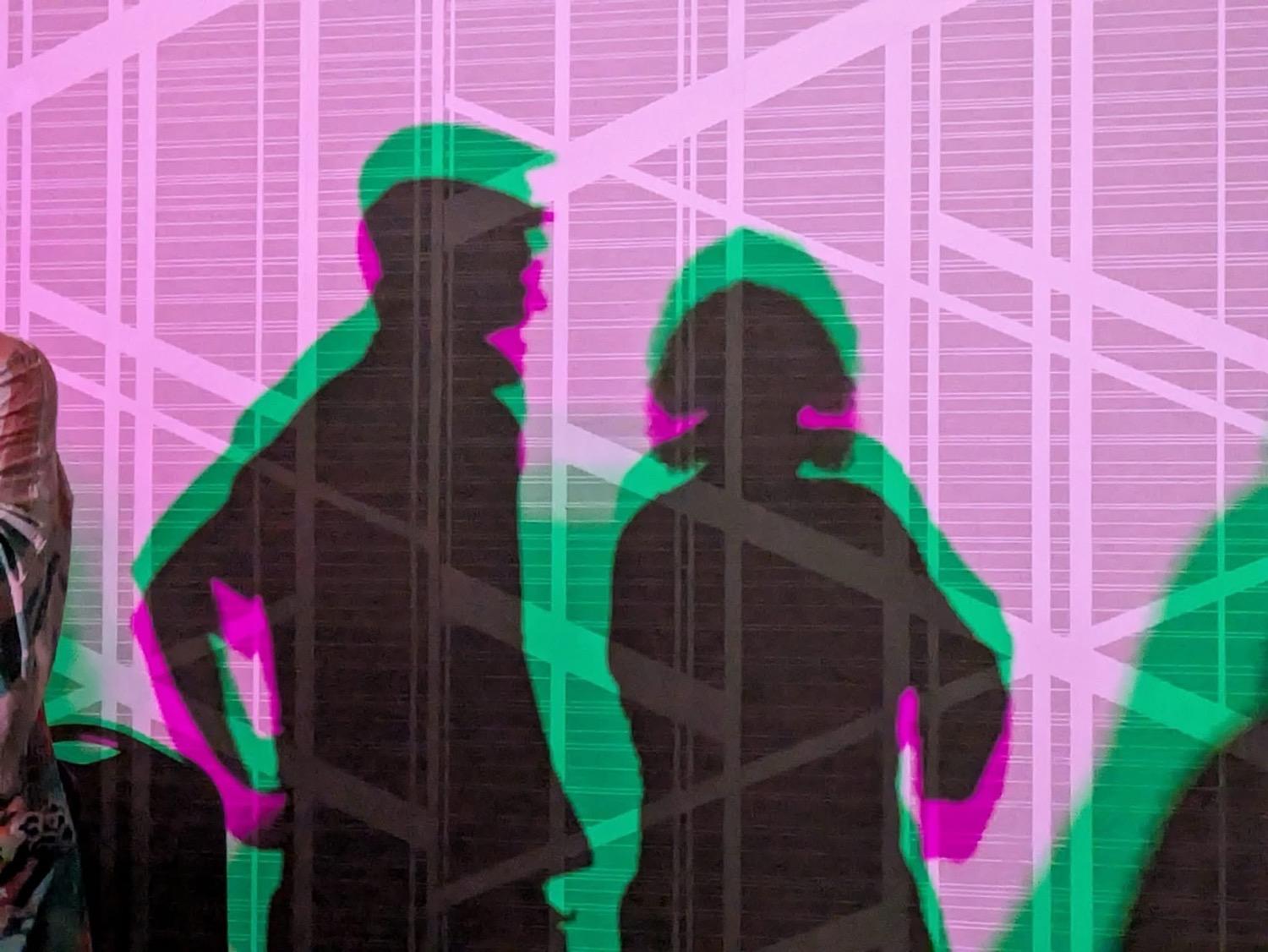
The first part of Saturday was much the same as the first part of…well, you get the idea by now. :)
The big thing for me on Saturday afternoon was my presentation: Digital Accessibility Basics for Conventions.
Conventions are getting more used to considering the physical accessibility of their hotels and convention centers, but how are we doing with digital accessibility? Ensuring that websites and web applications, email marketing, and distributed documents are set up to be compatible with assistive technology keeps our members with disabilities included throughout the year. Learn about the basics of document accessibility and get a grounding of what your publications and marketing volunteers should be aware of in order to make sure your convention’s materials are accessible to everyone. Handout: Digital Accessibility Basics for Conventions (407 KB .pdf) or Digital Accessibility Basics Google Drive folder with more material.
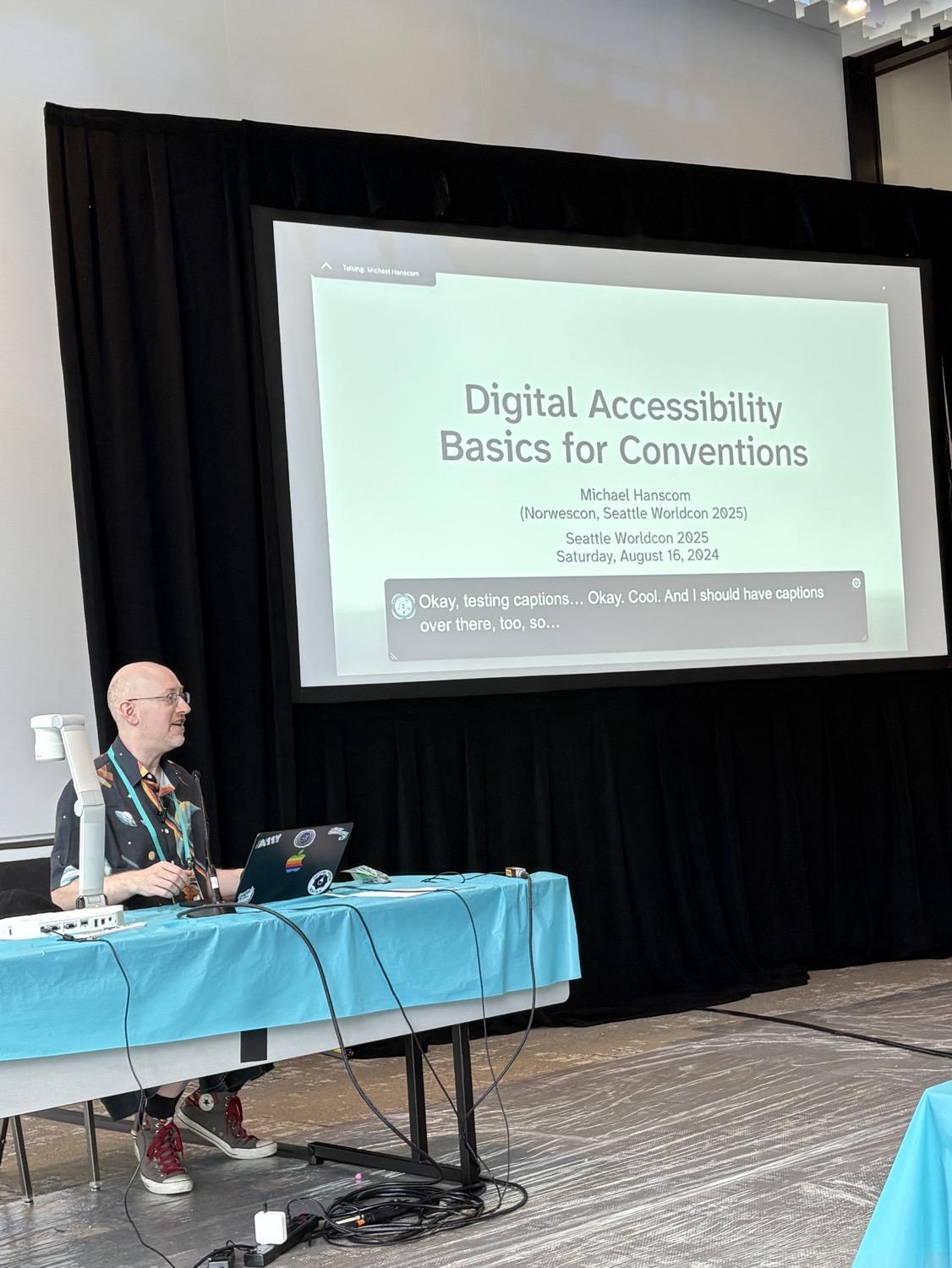
Since digital accessibility is my day job, I’ve been working on improving the accessibility of electronic materials for both Norwescon and the Seattle Worldcon, and this presentation was part of that outreach project. I go over the basics of why digital accessibility is important, give a brief demonstration of the NVDA screen reader, and then go over some of the basics of creating accessible documents. I think the presentation went well; only a few people were there, but those that were there that were interested and engaged, with good questions and comments. While it would have been nice if more conrunners had joined, this is only the second time I’ve done this presentation in the con environment (the first being last winter’s SMOFcon), and I know that more outreach along these lines is needed — and hey, it wasn’t an empty room, so I’ll still count it as a success!
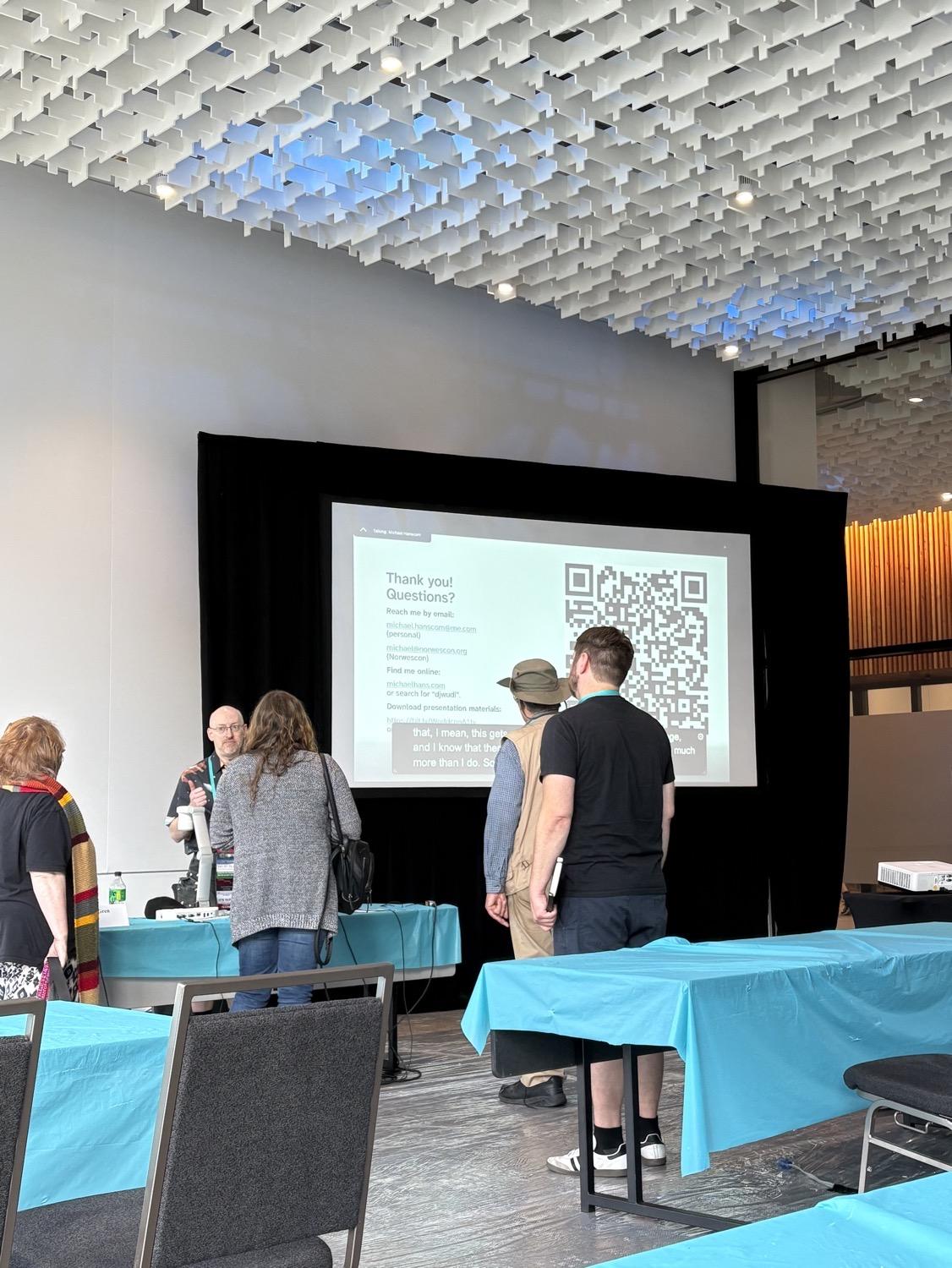
Saturday evening, of course, was the Hugo awards ceremony and another chance to play dress-up! We found a group of friends to wait in line with and sit with (though we did get split across a couple rows), and had a good time at the ceremony.
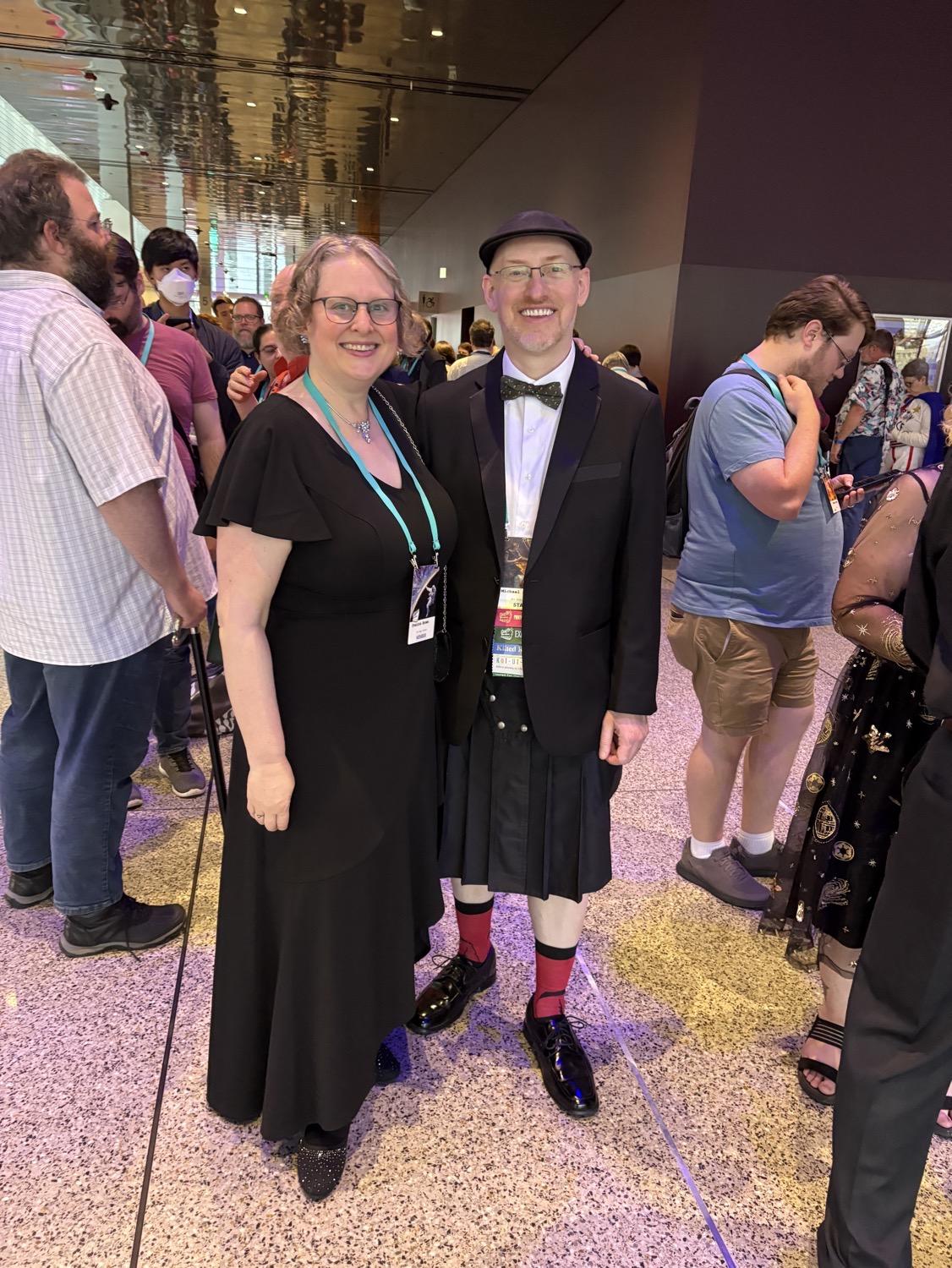

The ballroom looked great, and on the whole, as an audience member there in the moment, felt like it went pretty well. That said, there were a few hiccups, most egregious being that though most nominees with a large list of team members had their full team read out, the team for khōréō, which had a lot of non-Western names, was just clumsily read as “the khōréō team”…and apparently, this was the second time this happened to them. In an otherwise good ceremony, this stood out to me in the moment as an unfortunate choice. Should the khōréō team be nominated again in the future, I hope they get the full recognition they deserve, just as the rest of the group nominees did.
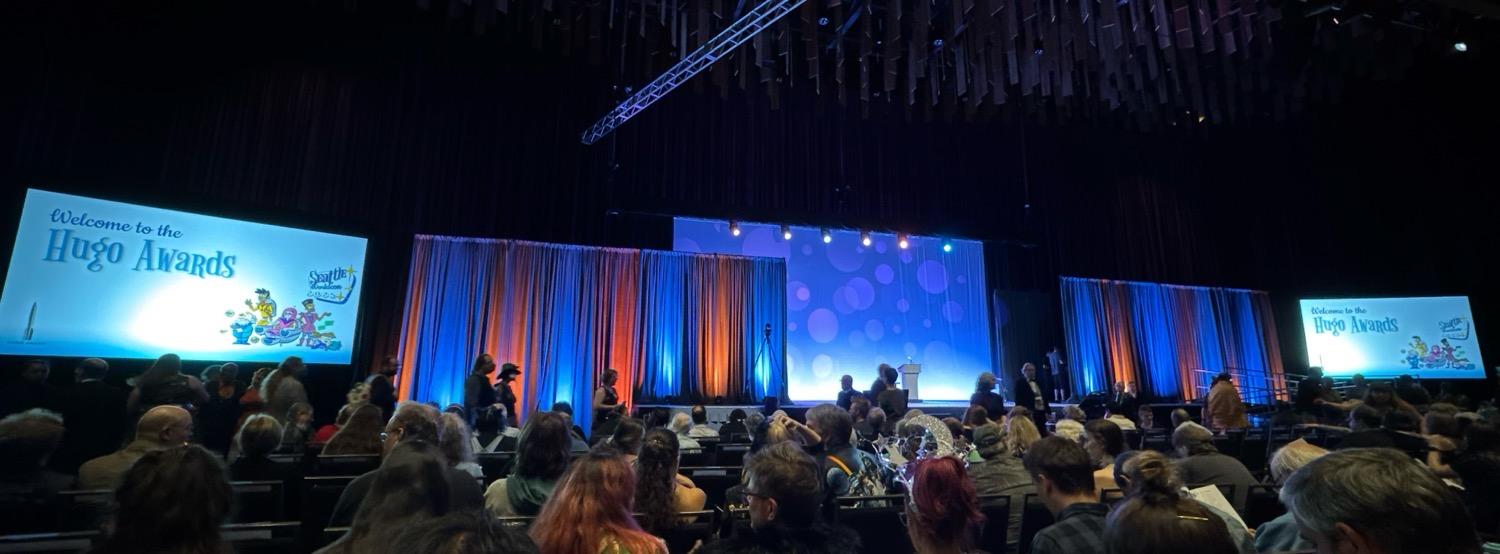
The highlight for me, of course, was seeing Star Trek get its first Hugo award in 30-some years, for the Star Trek: Lower Decks episode “The New Next Generation”…and then just a little later, its second of the night, for the Star Trek: Lower Decks choose-your-own-adventure style graphic novel, Warp Your Own Way! Star Trek has often been nominated for awards but rarely wins, and to have it win twice in one night, and for its half-hour animated comedy incarnation (which really is both excellent comedy and excellent Star Trek) was a real treat.
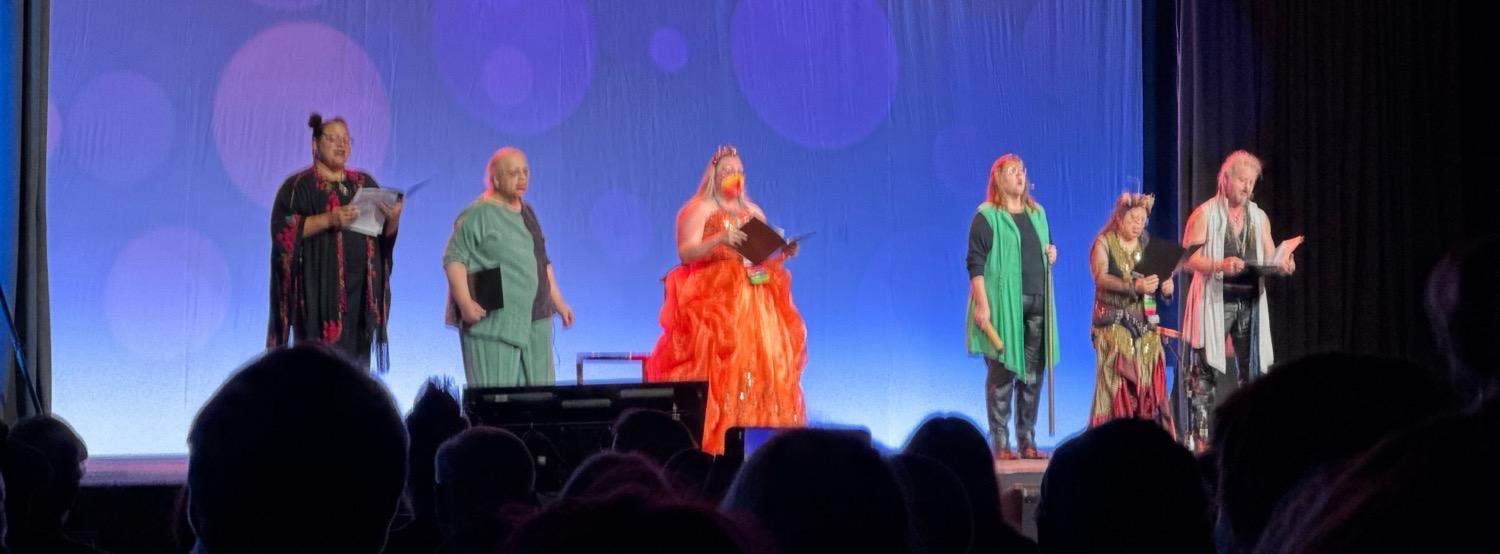
After the Hugo awards, it was back over to the Sheraton for the Saturday night dance with DJ Dancin’ Dan, who used to be one of Norwescon’s regular DJs. It was good to see him doing his thing again, and as with the other dance nights, much fun was had bouncing around on the dance floor. My most amusing moment was having Taylor come get me when the Rasputin came on, suggest we go out into the center of the circle, and then say, “Okay, you lead!” “I lead? You asked me!” was my response, but we managed to pull it off for a few moments. :)
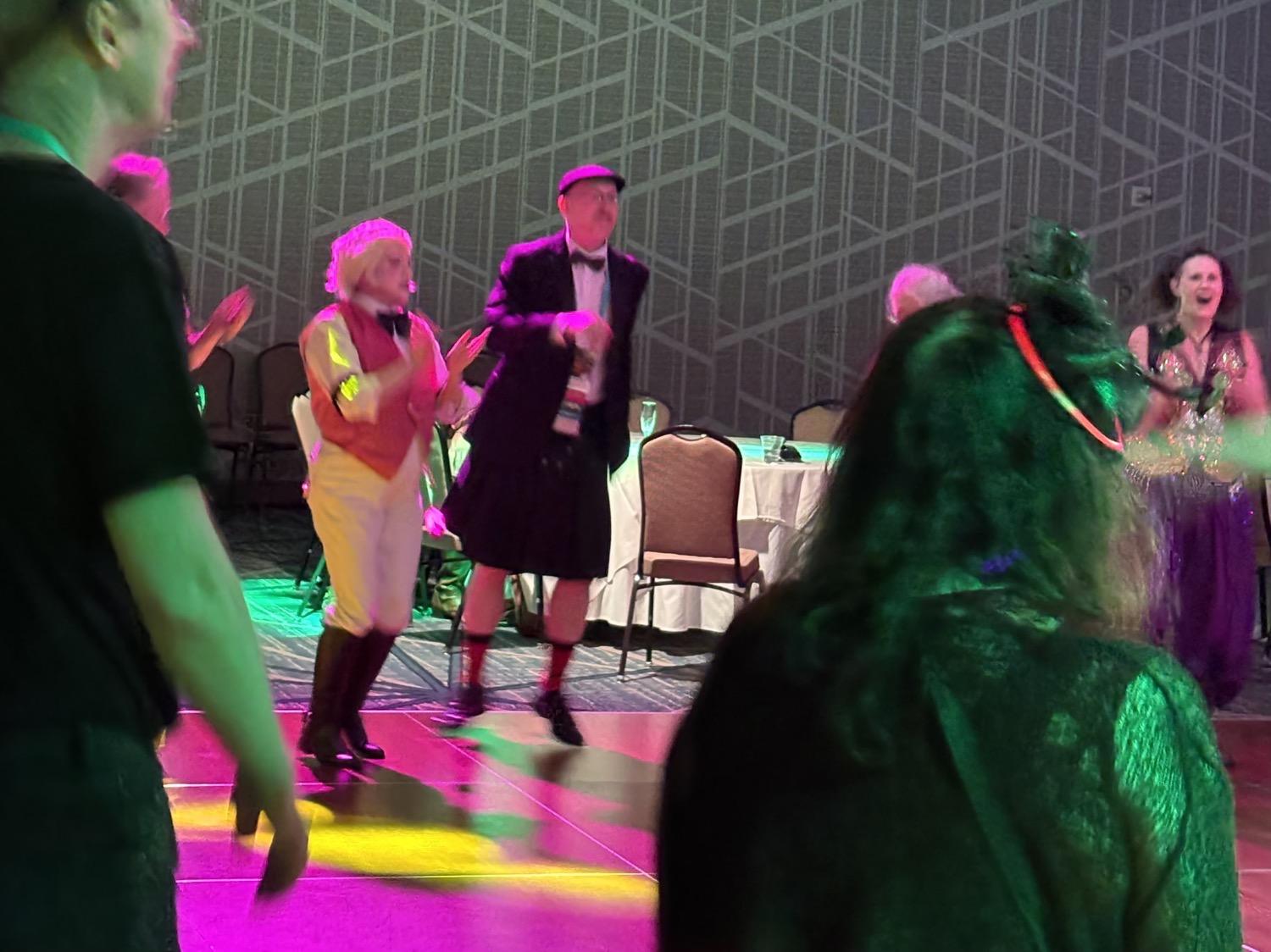
And then, back to the hotel so we could crash.
The first part of Saturday was…you know the drill.

At least by this point, there were far fewer updates to make to the schedule, since we were down to the last day of the con, so we were able to find some time to wander through the exhibit hall (first my wife on her own as I worked, and then the two of us together) and do a little bit of geeky shopping, picking up t-shirts for both of us, some stickers and bookmarks, and some nice jewelry for my wife (including some great Star Trek delta logo earrings). I also stopped by the Seacon exhibit as Mary was disassembling it and was quite tickled to have her ask me to autograph my Seacon article in the program book.
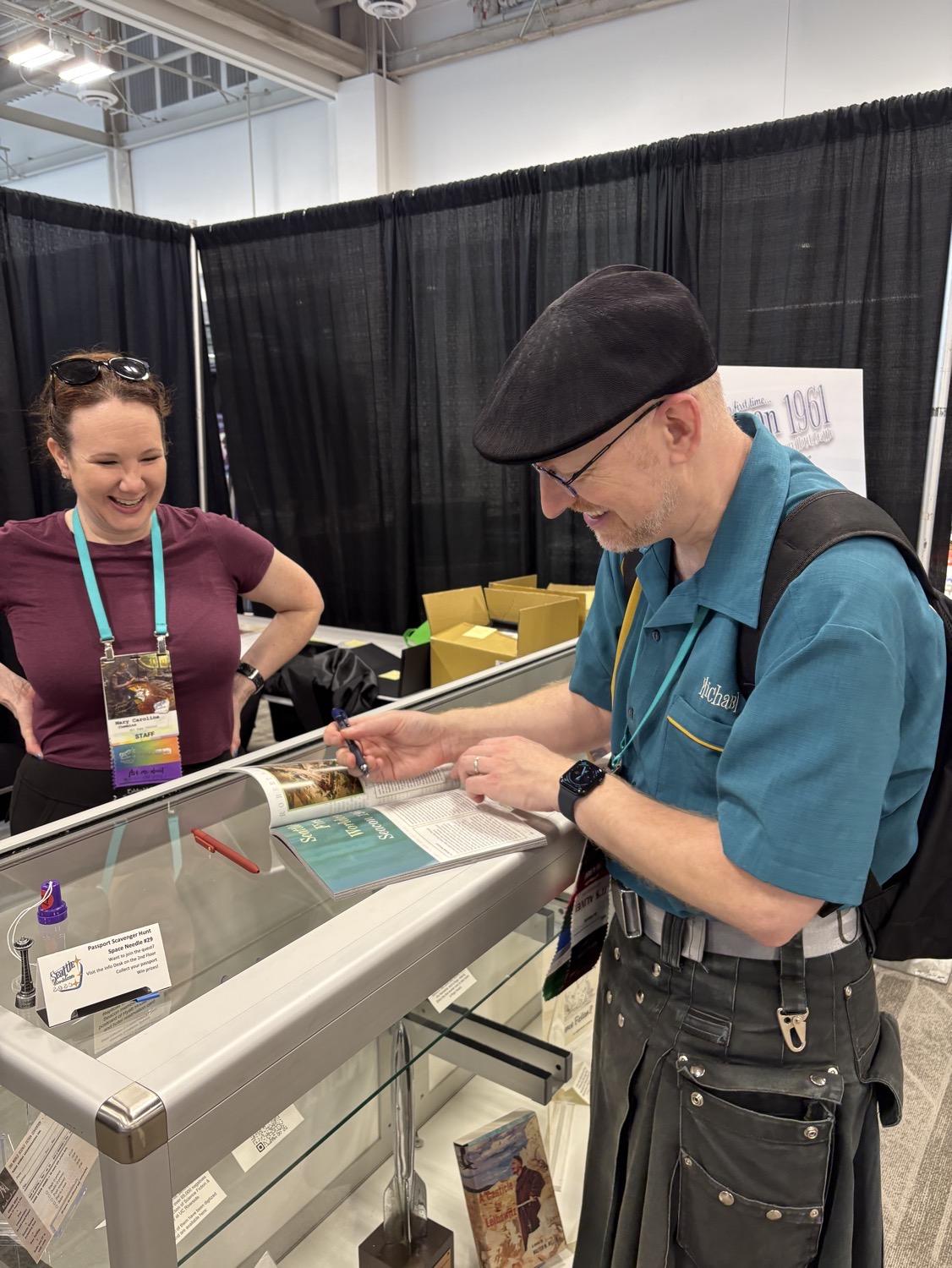
After that, we went off so I could be a panelist on the Norwescon: Local but Not Little panel.
Founded in 1978, Norwescon (NWC) draws thousands of Pacific Northwest SFF creators and fans each spring. But did you know that NWC grew out of a desire to bring Worldcon back to Seattle? Well, we’ve finally done it, so come hear how we got here… and what’s next!
Wm Salt Hale (M), Michael Hanscom, Taylor Tomblin, Tim Bennett
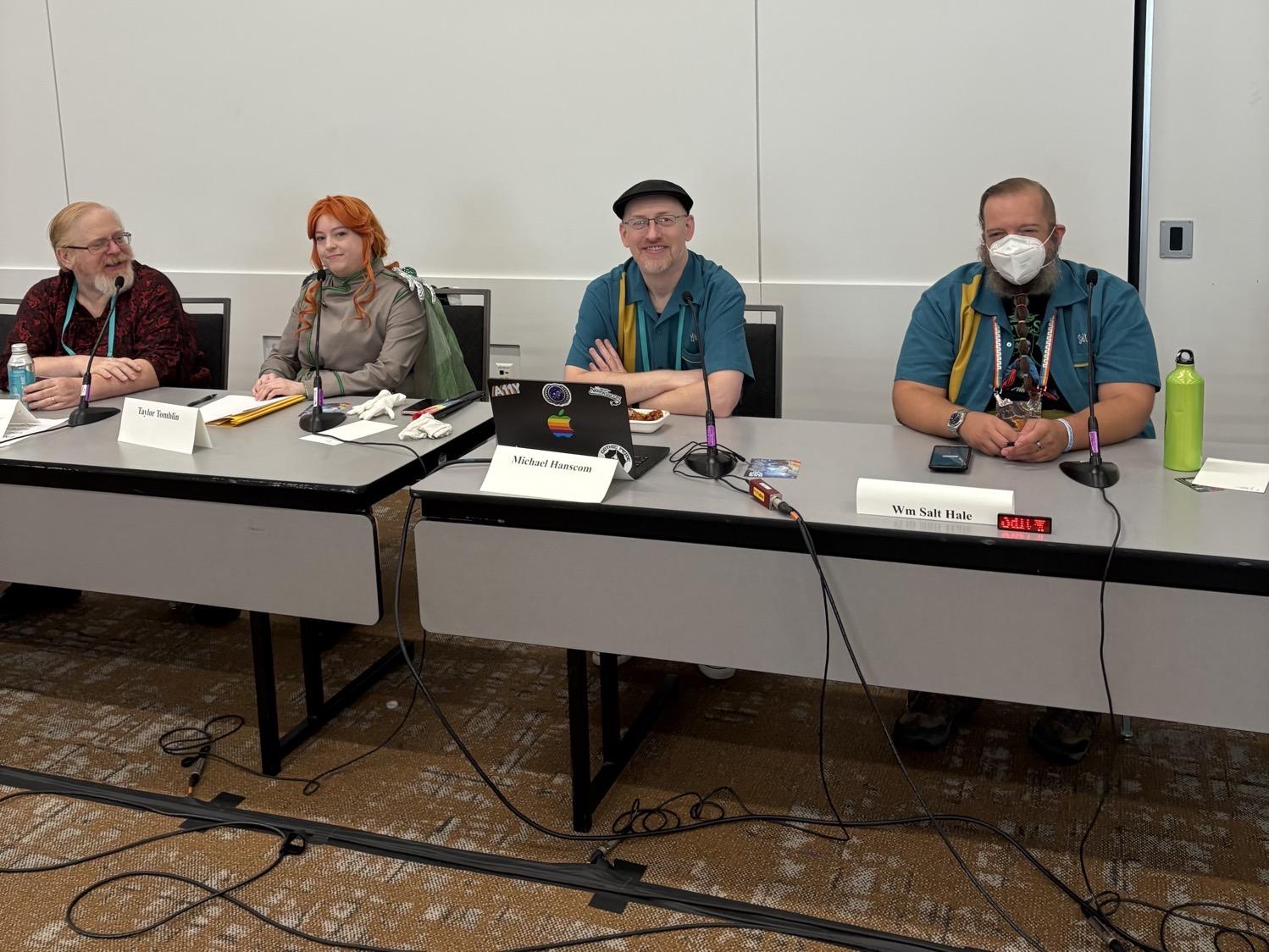
For the next hour, Salt, Taylor, Tim and I (along with help from other Norwescon people in the audience, including Don, Doug, Pat, Rob, Peggy, Sarah, and I may be forgetting some) talked about Norwescon’s history, where we’ve been, where we are now, and extrapolated a bit into where we hope Norwescon goes as we approach our 50th year and beyond. It was fun to do, and the audience seemed to be a nice mix of people who were familiar with Norwescon and people who didn’t know much about us.
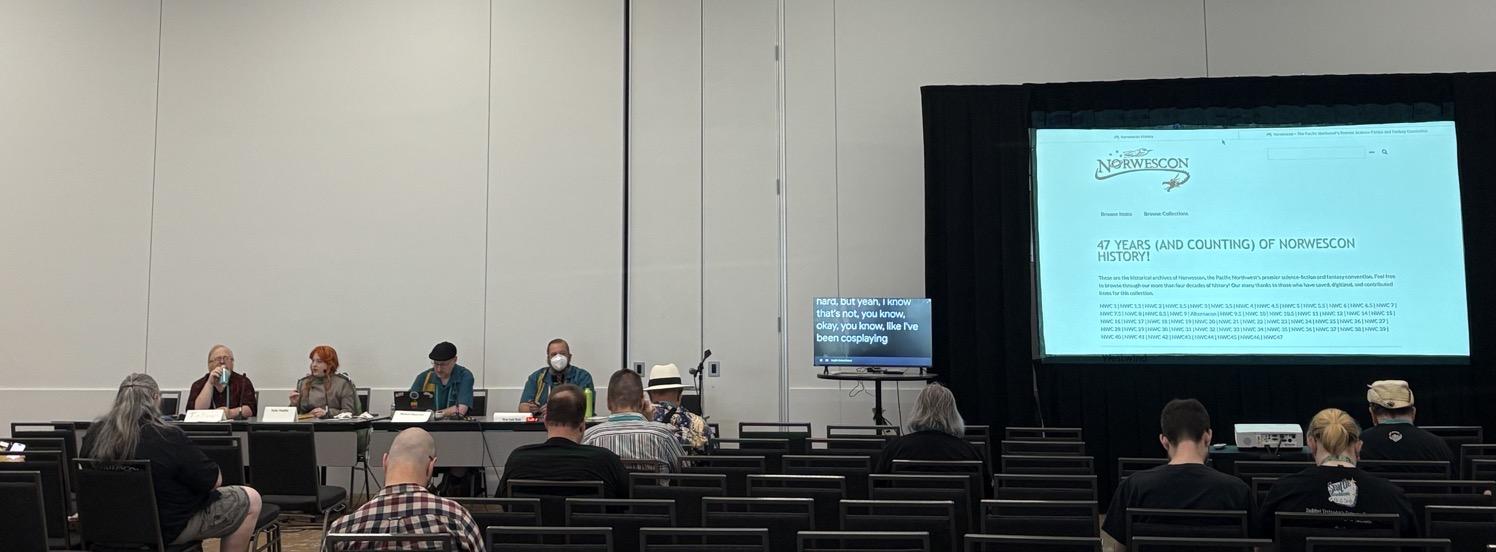
I think I had two favorite moments from this panel. One was hearing from Sarah, who is relatively new to Norwescon, as she talked about how she found us and appreciated how we welcomed her in and how much that meant to her. The other was from a younger person in the audience who, after hearing stories from Tim (who attended several of Norwescon’s earliest years) about how as a teen he’d skipped out on his job at Jack in the Box to attend Norwescon with no budget, room, or parental knowledge, crashing with friends and figuring things out on a fly, responded with a heartfelt but very amusing, “I’m seventeen, and I just want to know how you got away with doing all that!” The ’80s were a very different time…. (It was also very nice to see Sarah immediately head over to them to talk to them and, I assume, extend a personal invitation on ways to attend and maybe get involved.)
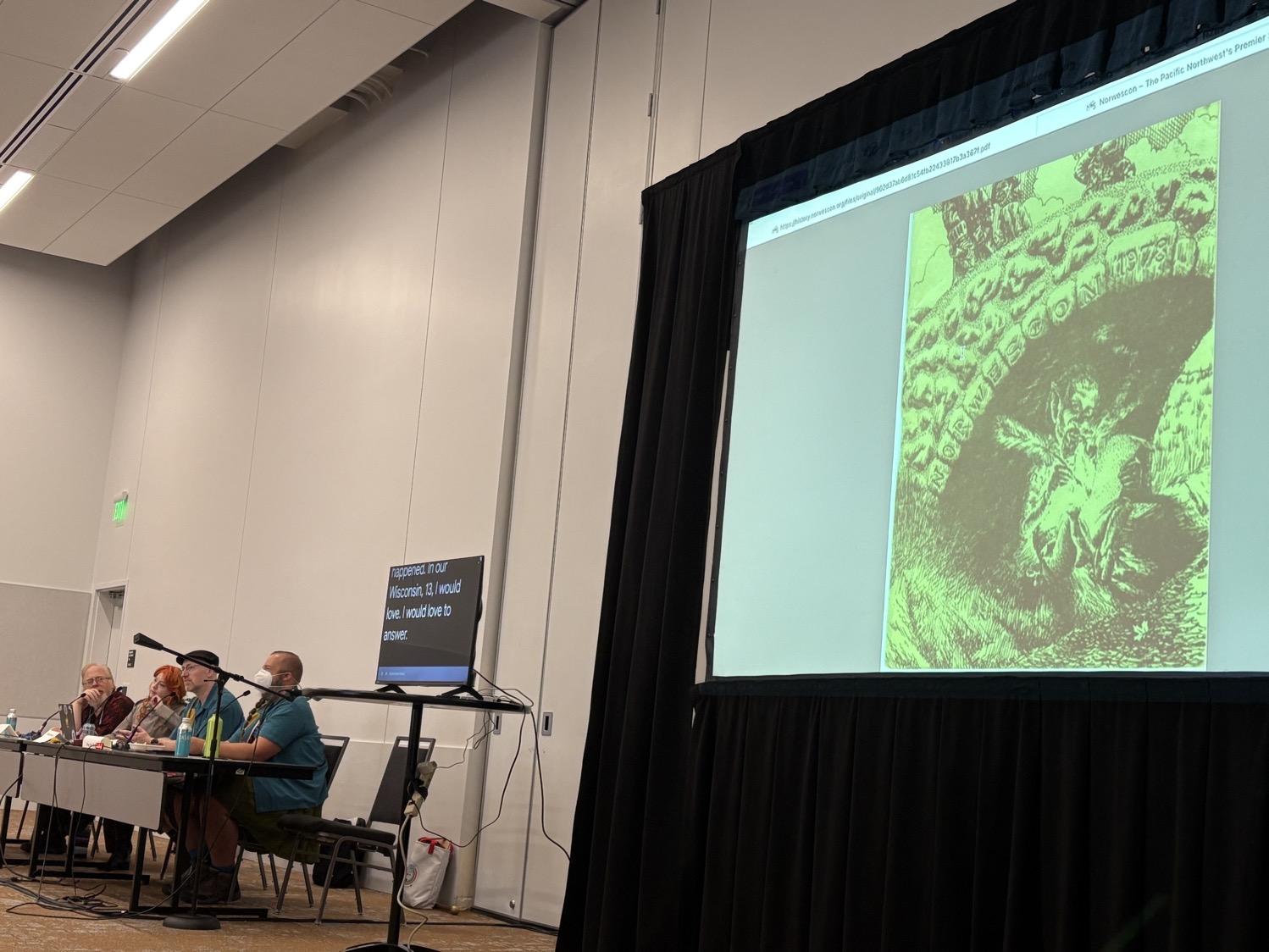
One thing that I didn’t think to mention during the panel that in retrospect that I wish I had: One of the things I’ve found I really value about Norwescon over the years has been how many of our guests of honor have become regular (or semi-regular) attendees and panelists in following years. While we are able to provide travel and lodging for our invited headlining guests of honor, we can’t do that for all of our attending pros and panelists, and I think it’s wonderful how many have such a good time as guests that they then volunteer to spend their own time and money attending and participating afterwards. I think it says a lot about how well run and welcoming the convention is.
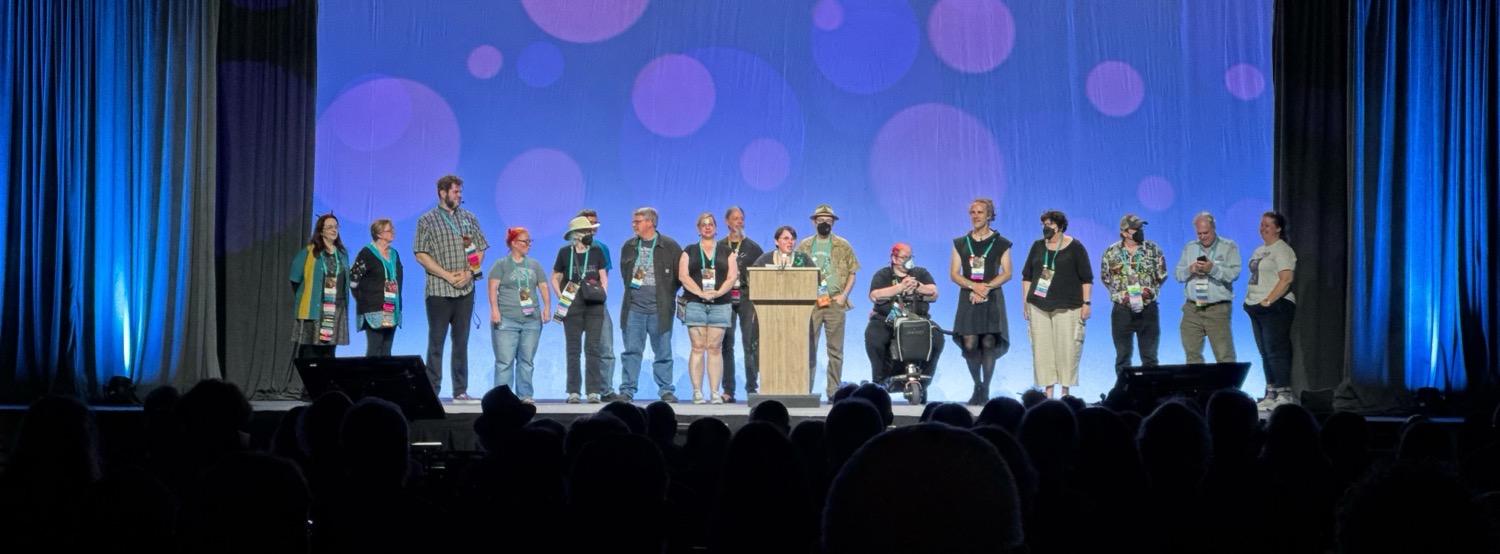
And not long after that wrapped up, we were off to closing ceremonies. I got to see a lot of friends up on stage, the convention wrapped up, and the gavel was passed off to next year’s LAcon V. We don’t know yet whether that will work into our travel plans, but whether we’re there or not, if you’re at all into the SFF fan world and have been to a Worldcon before or have yet to give it a shot, I recommend going if you’re able.
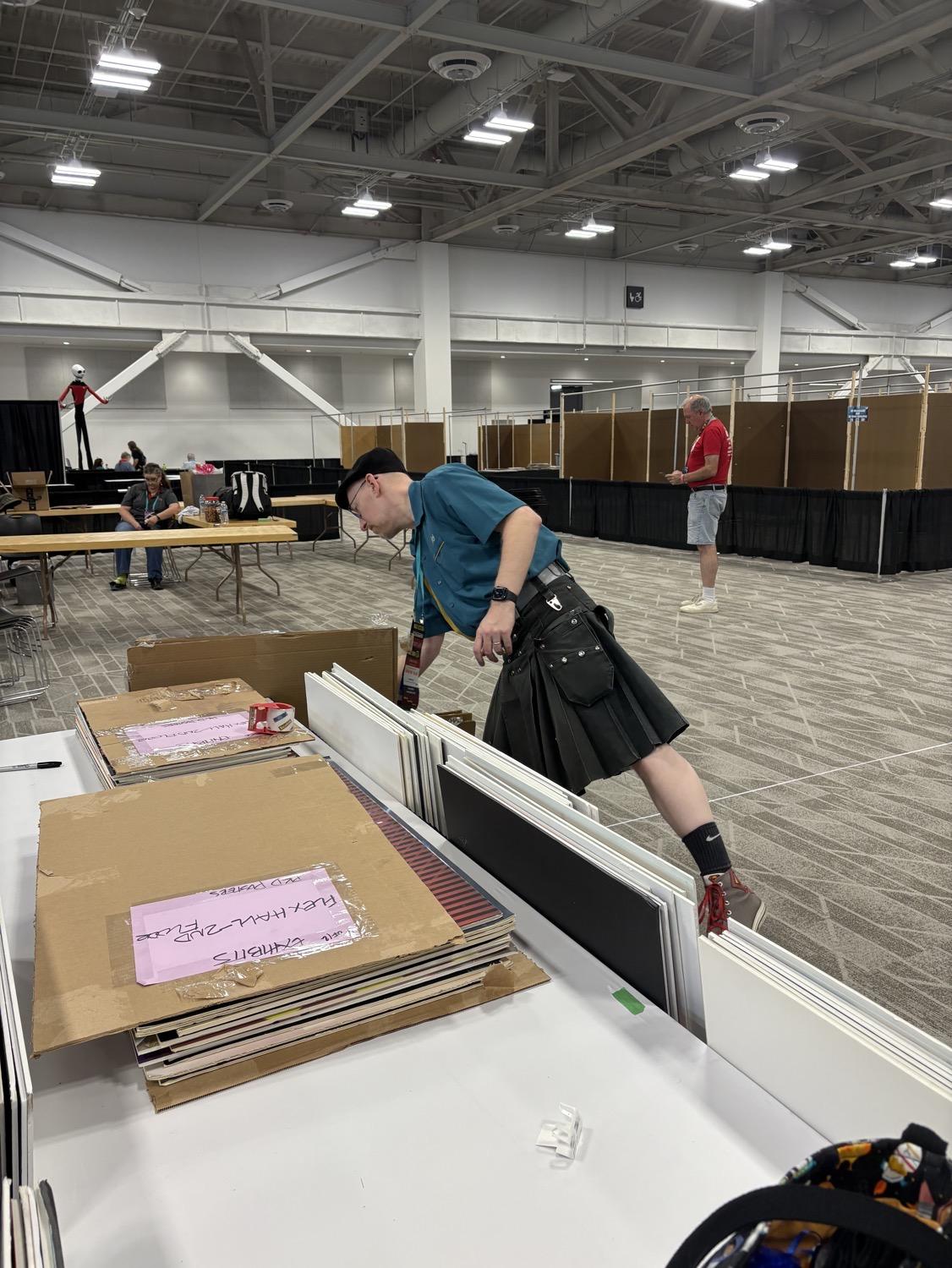
Of course, when you’re part of the organizing committee, the con doesn’t end when the con ends! Once closing ceremonies wrapped up, we headed down to the exhibition hall and packed up all of the Philip K. Dick award posters so they could go back into Norwescon storage. It just wouldn’t have been right to leave that for someone else (but I do have to thank Jeanine for getting started on that before we showed up).

After closing ceremonies, my wife went back to the hotel to relax, and I headed off to the dead dog party to have a couple hours of collective “oh my god, we actually did this thing” decompression with many of the on-site staff before heading back to the hotel and getting to bed.
And finally, it was time to pack up our stuff and head back home, with a very successful Worldcon behind us.
Oh, and I definitely got my steps in….
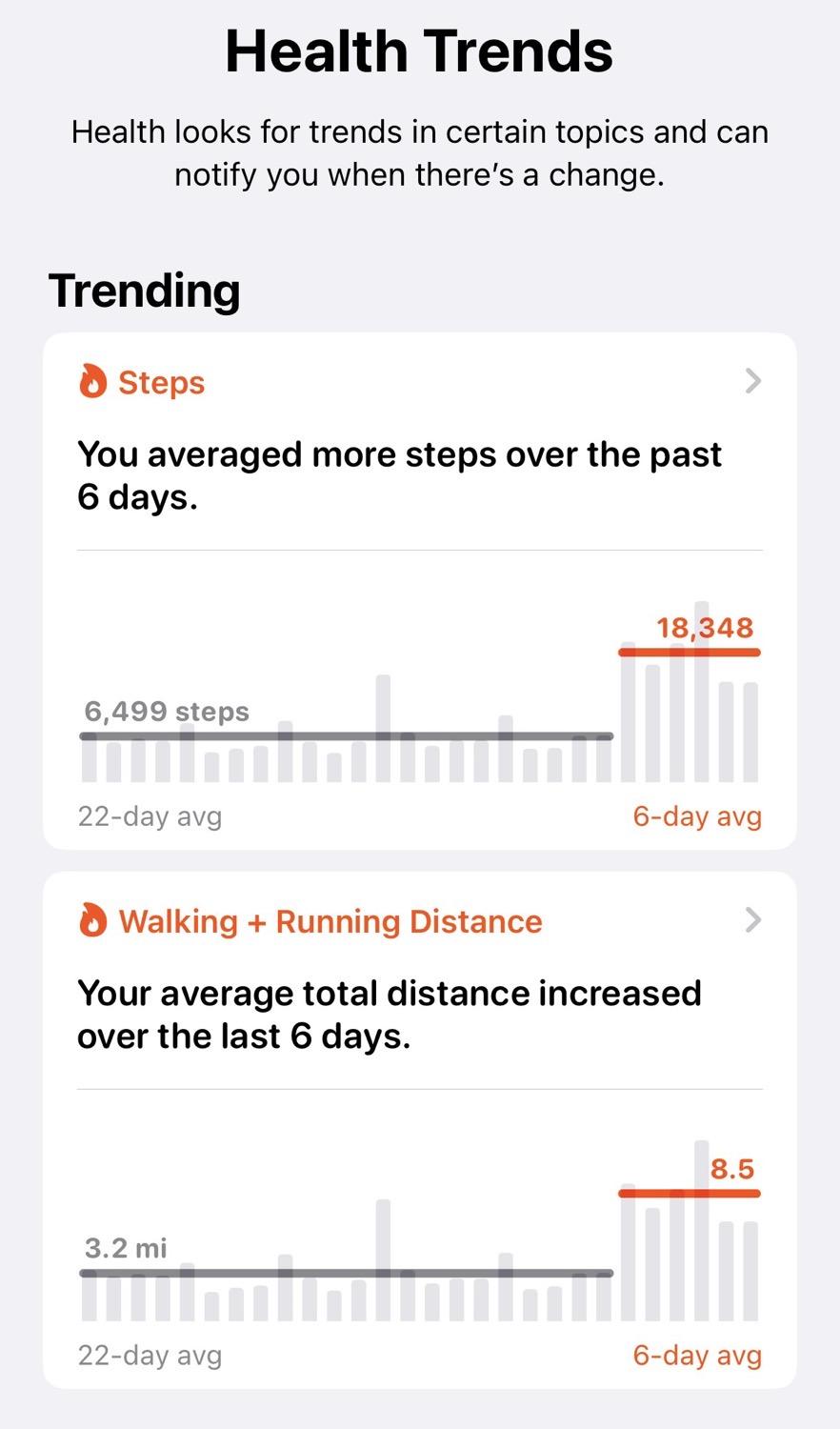
Other Thoughts, Memories, and Neat Things
So many people put so much work into this, and I really think that while there were some stumbles here and there along the way, in the end, we put on a damn good show.
Though I wasn’t directly involved, I was thrilled with the captioning solution our team came up with. We had live, real-time captioning available in every panel room for the full convention. While we used CART (human) captioning for big events, most of the rooms used self-contained auto captioning systems that used Google software running on a Raspberry Pi, all on-device with no network access required. While not perfect (as with any automated captioning system), it worked well enough, and its very prevalence got a lot of compliments throughout the weekend.
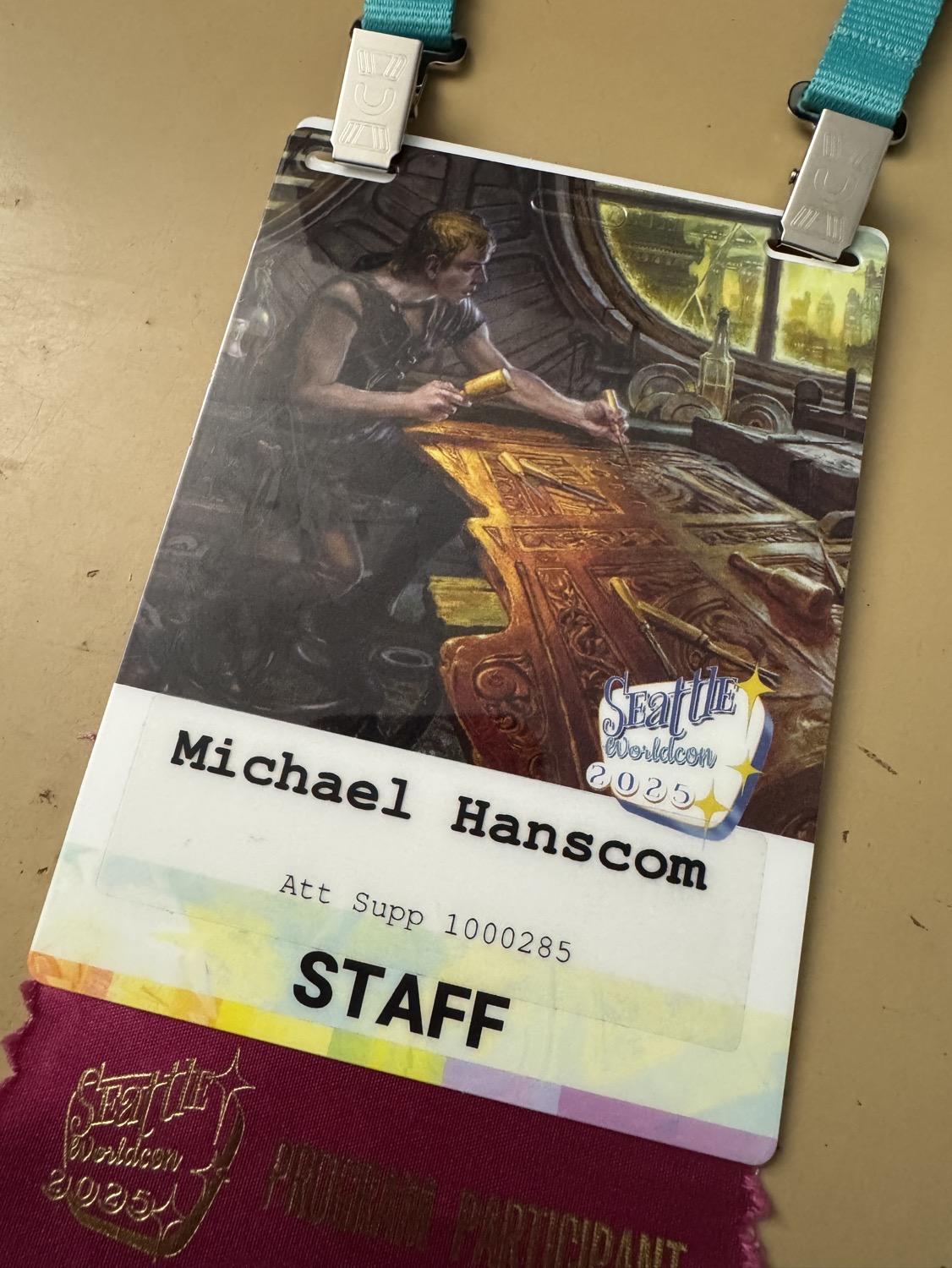
Sometime on Friday or Saturday (at this point I’ve forgotten exactly when), Kathy found me and presented me with a “Hero of Worldcon” pin in thanks for the work I’ve done on the website and in various other ways over the past couple years. Apparently my name was put forward by a few people, too! Thanks to Kathy and to whomever suggested me for this — it means a lot to have gotten this.
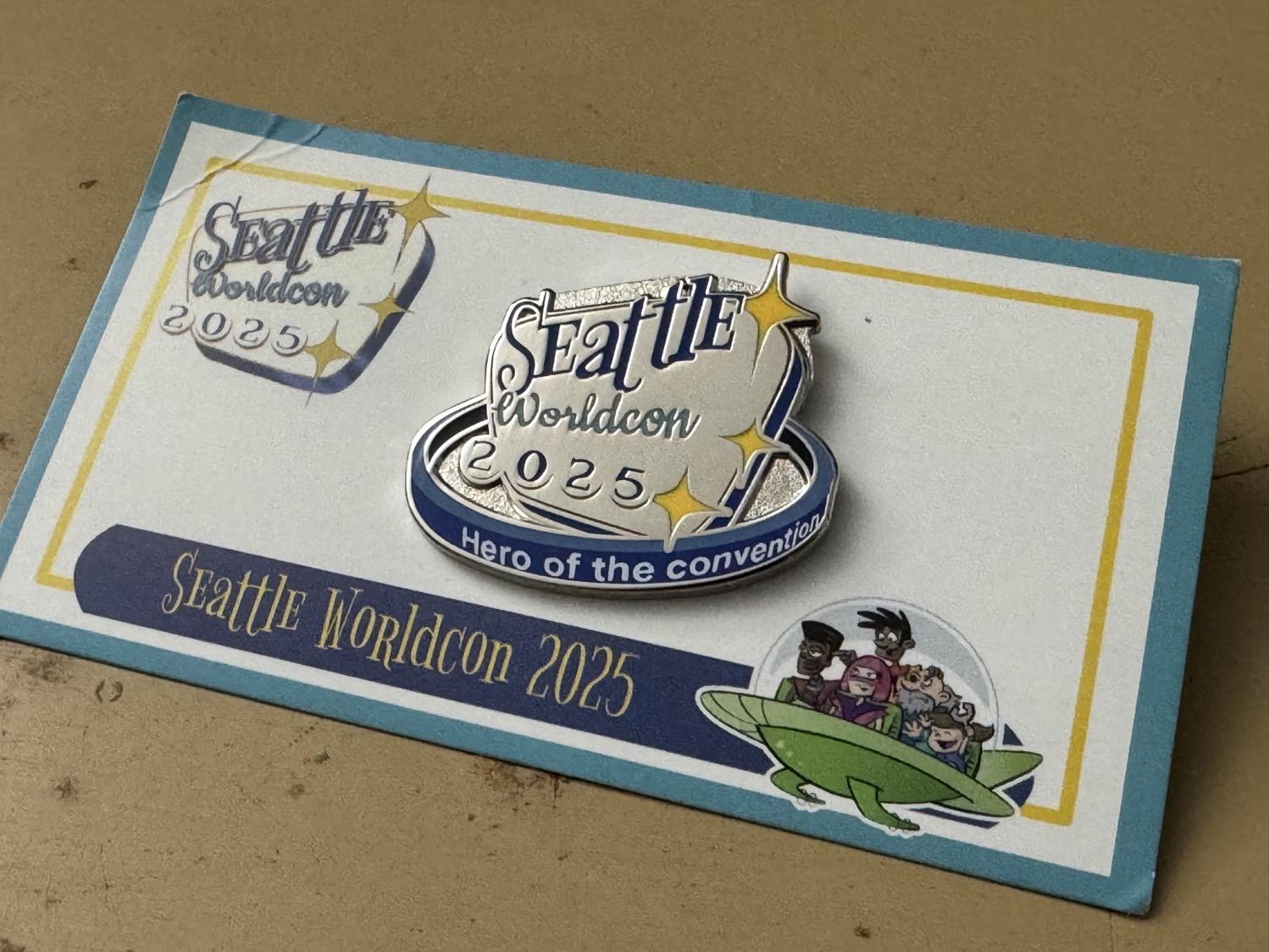
There are so many people and friends to thank and recognize (and this won’t be nearly everyone; I’m just concentrating on those I worked most closely with over the past couple years, and may have forgotten some): Kathy for chairing this and herding all the cats, SunnyJim for handling programming and herding all the other cats, Michelle for her incredible work in heading up exhibits, Keith for the tech work and coming up with a great in-room captioning solution, Gail for handling the virtual side and being willing to work with me on making sure that her side of things tied into the main website and keeping accessibility in mind during all of it, Kathryn (and her predecessor) and Jesi for working with me on the accessibility of WSFS materials, and — last, but definitely not least (which always seems like a weird phrase to me, because it begs the question of who is least, but whatever…) — the Publications team: Kevin at the head, Caitlin and Shelley with the ‘zine, BE heading up editing the blog and all of our excellent contributors, Cheryl handling the newsletter, Tabby’s signs, Dawn taking on social media, and Cee for providing very appreciated help with the website. All of you are wonderful and contributed to a great experience.




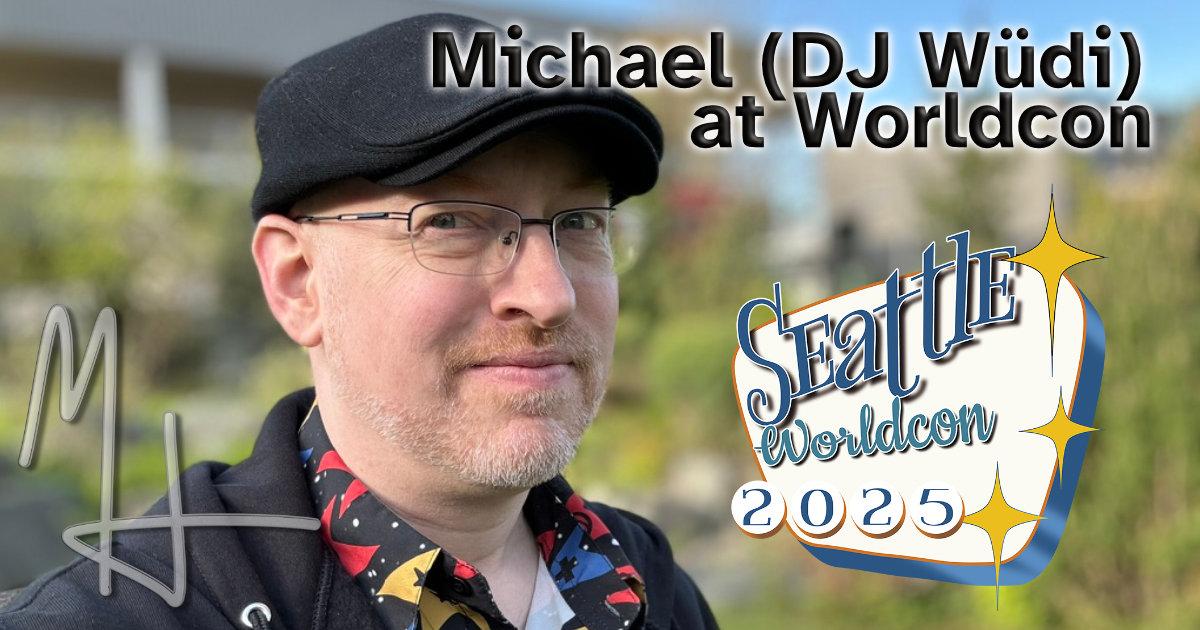
![Screenshot 2025-07-01 at 9.13.55 PM.png Screenshot of a section of a website form. On the left is an option to upload a logo image, on the right is a text box asking for alt text. The prompt reads, 'A brief description of the image to support our Blind and low vision members. If no alt text is provided, '[display name] logo' will be used.' The field is limited to 1000 characters.](https://michaelhans.com/eclecticism/wp-content/uploads/2025/07/Screenshot-2025-07-01-at-9.13.55PM.png)
